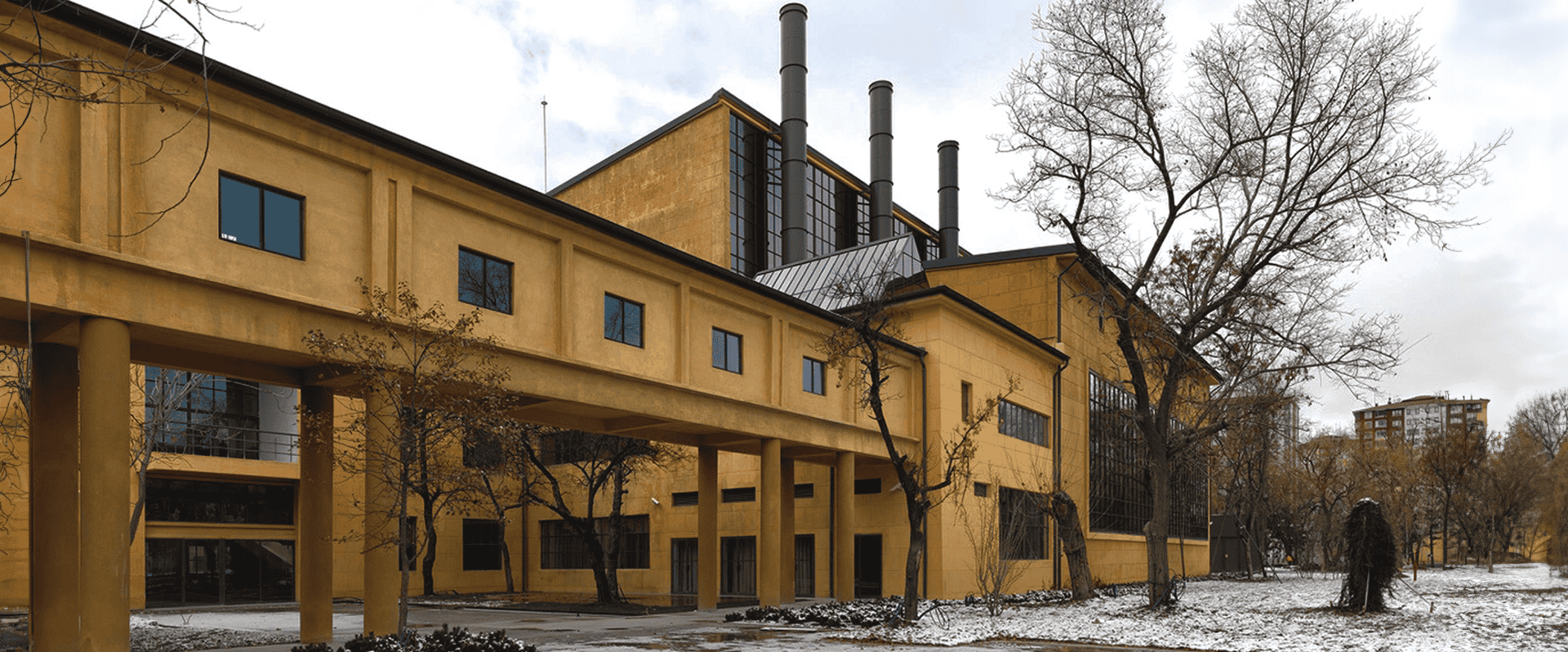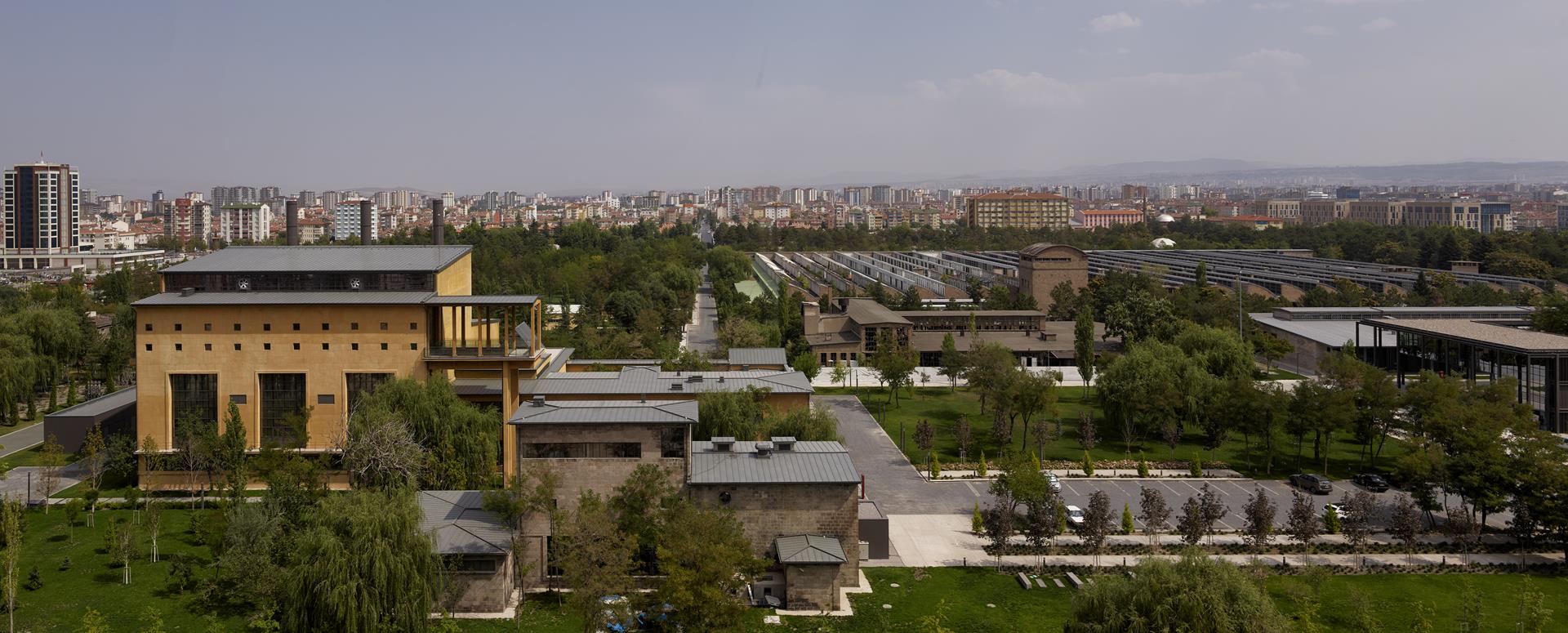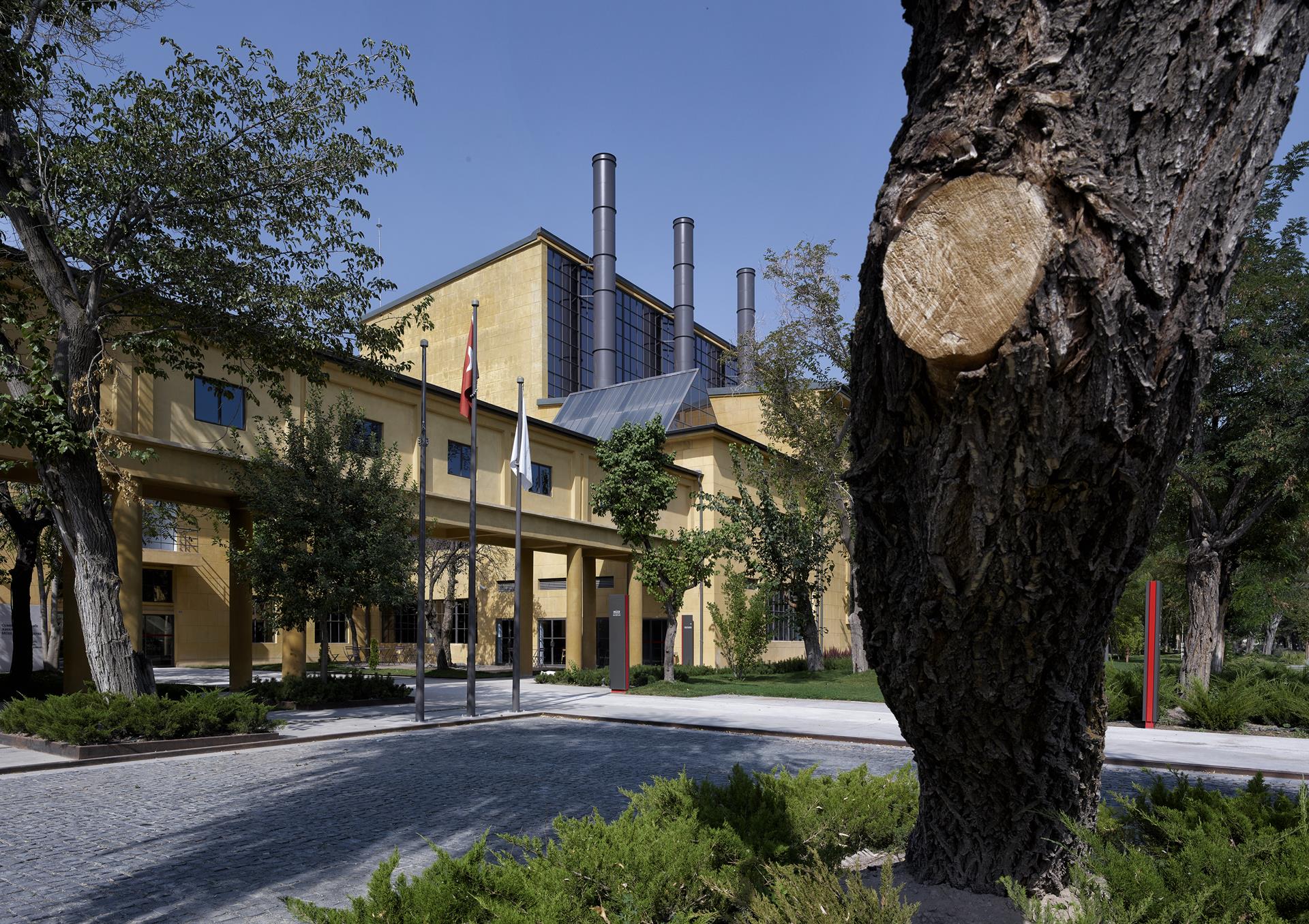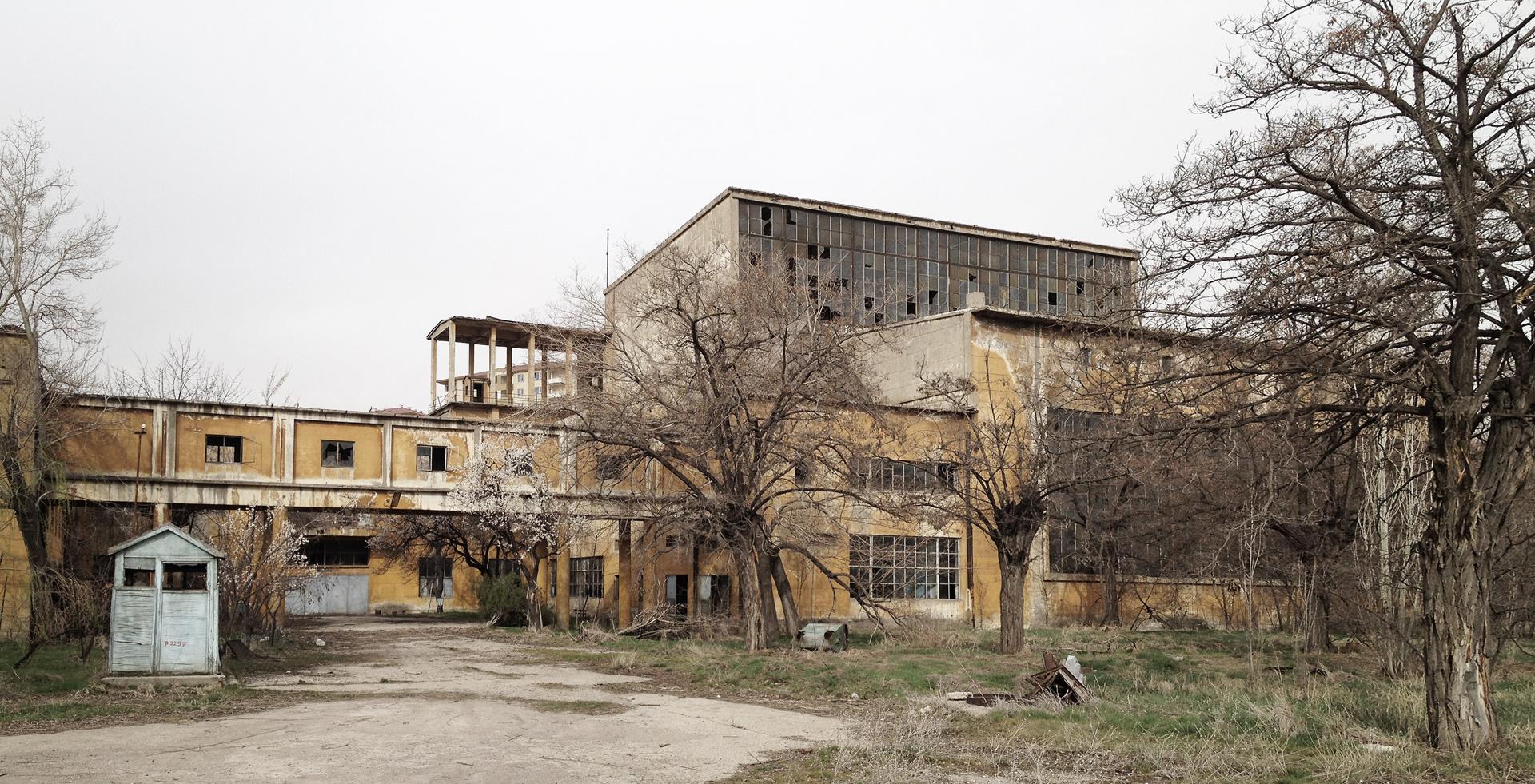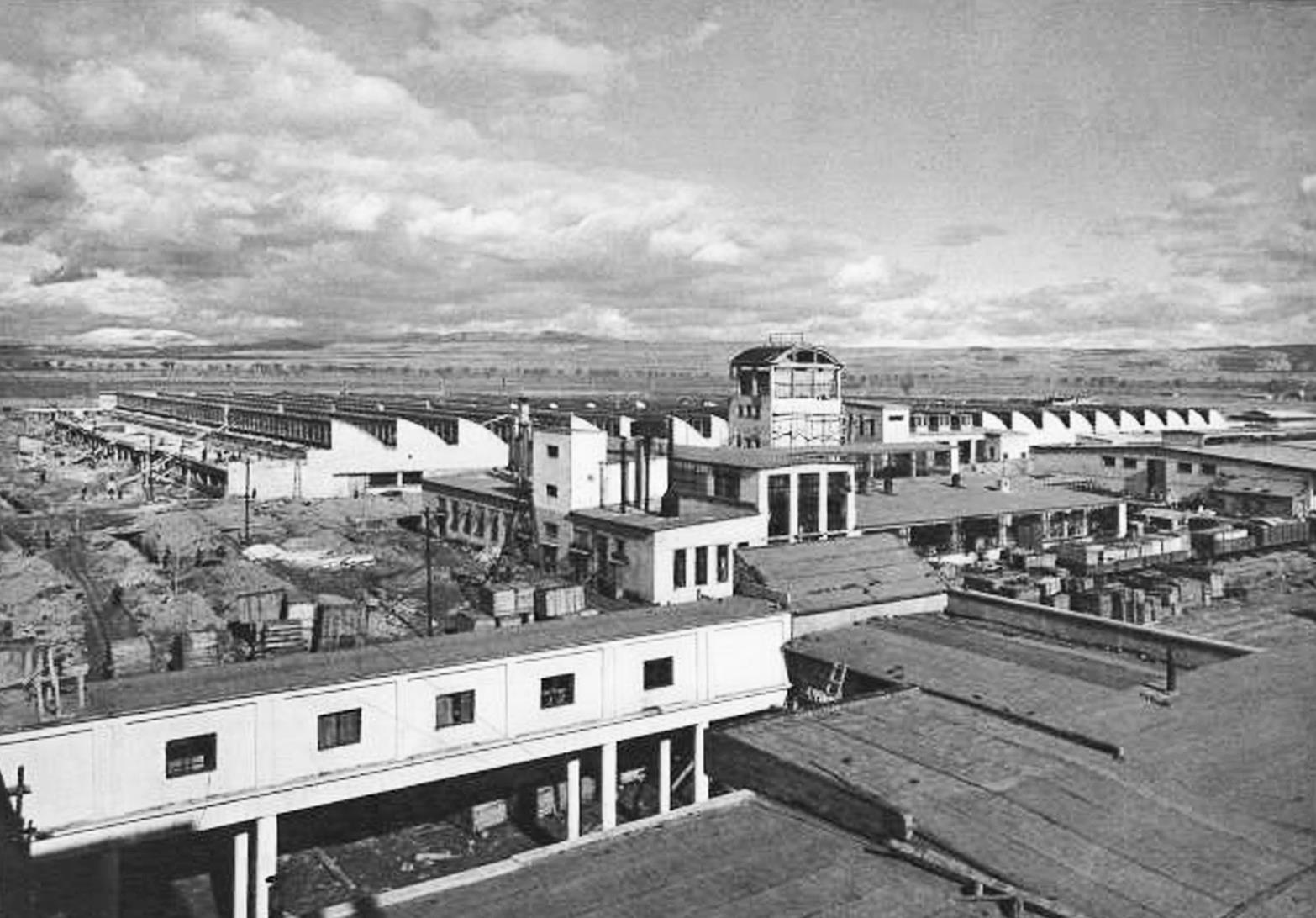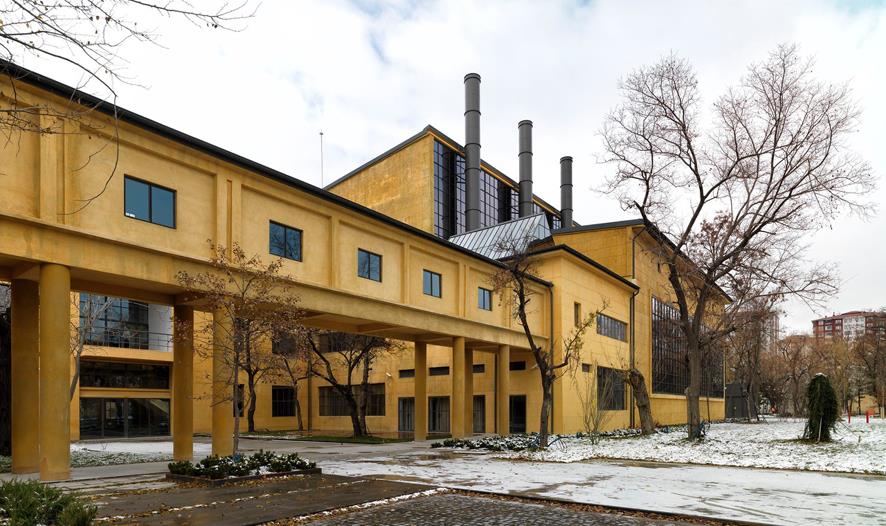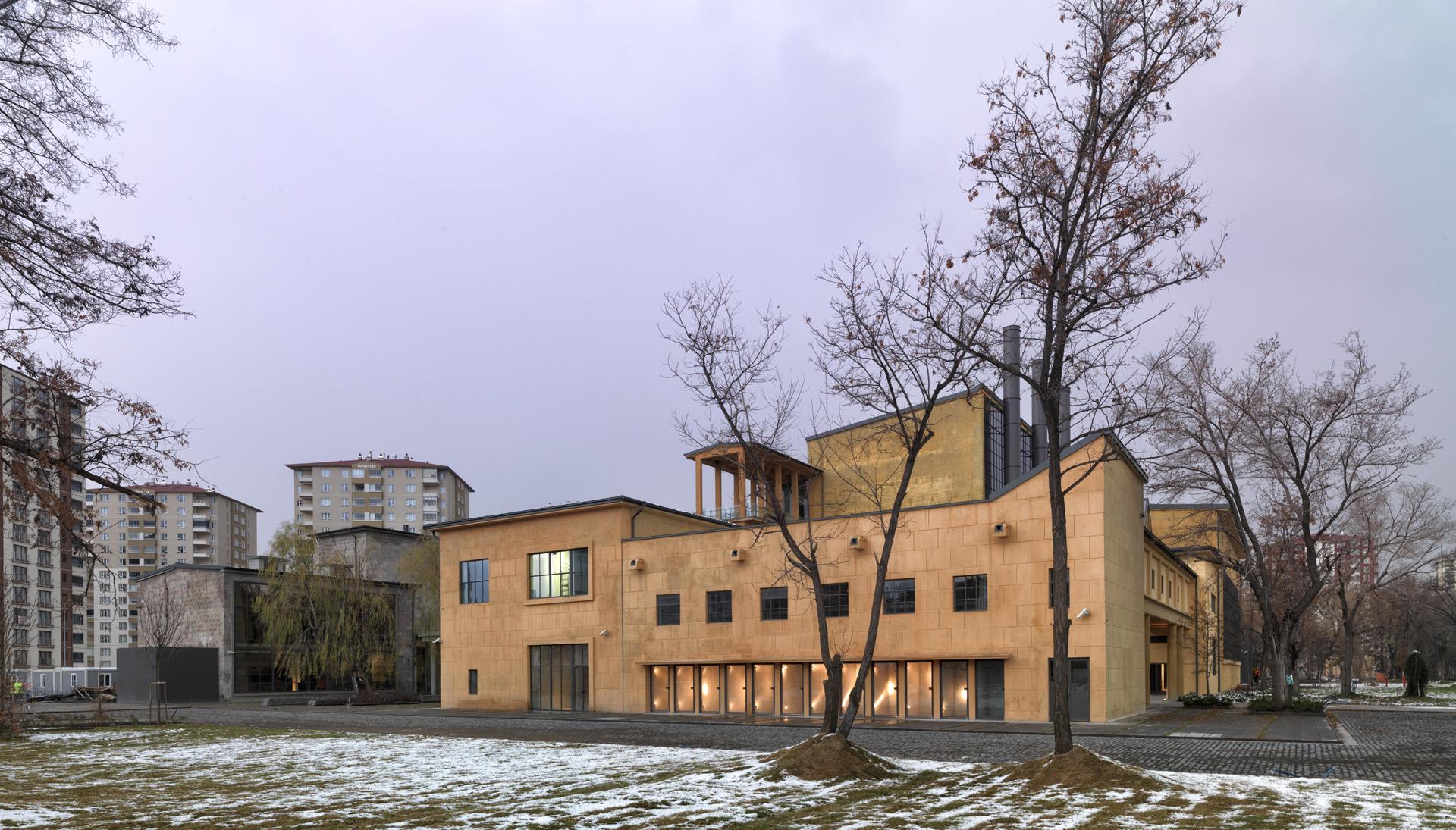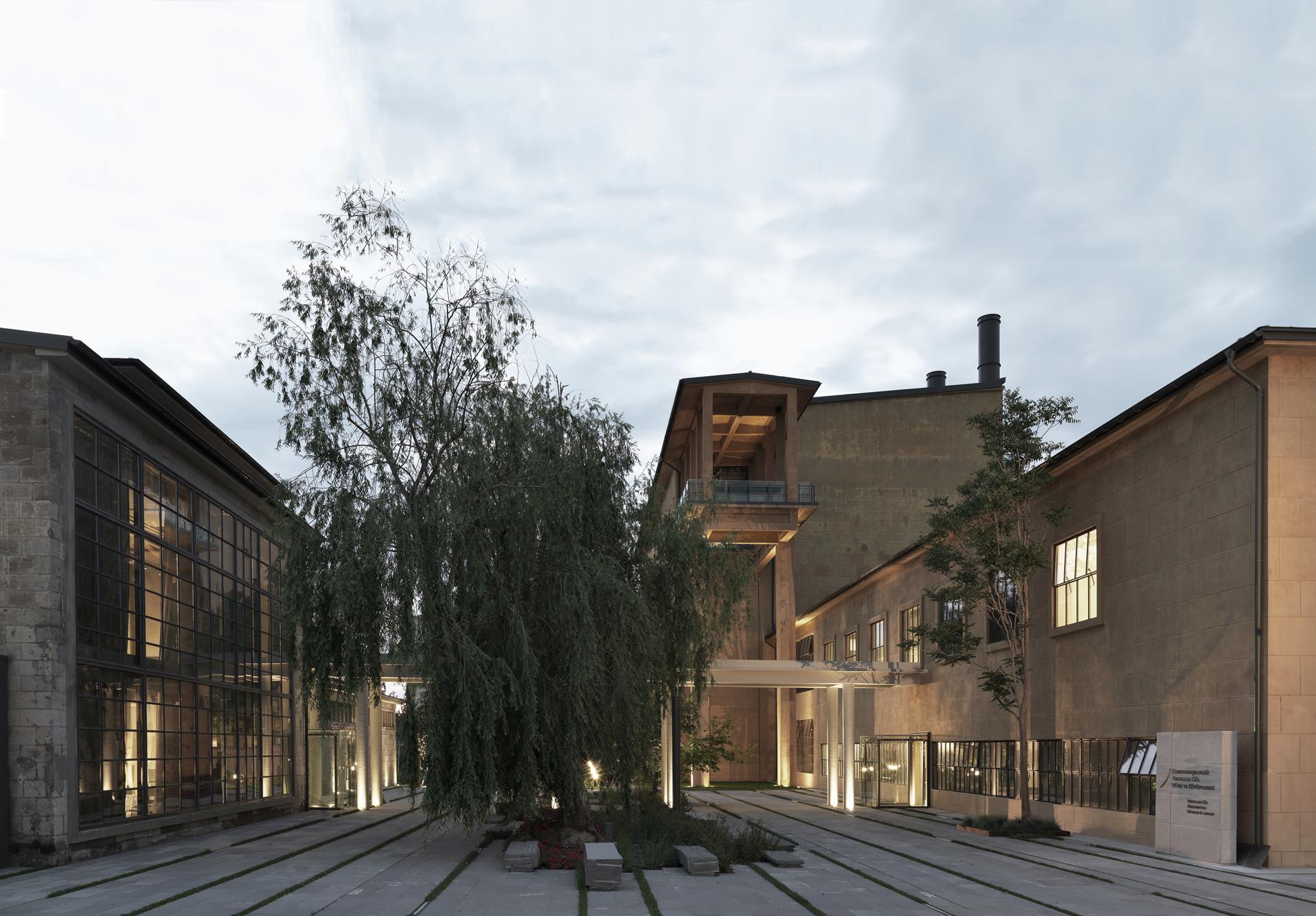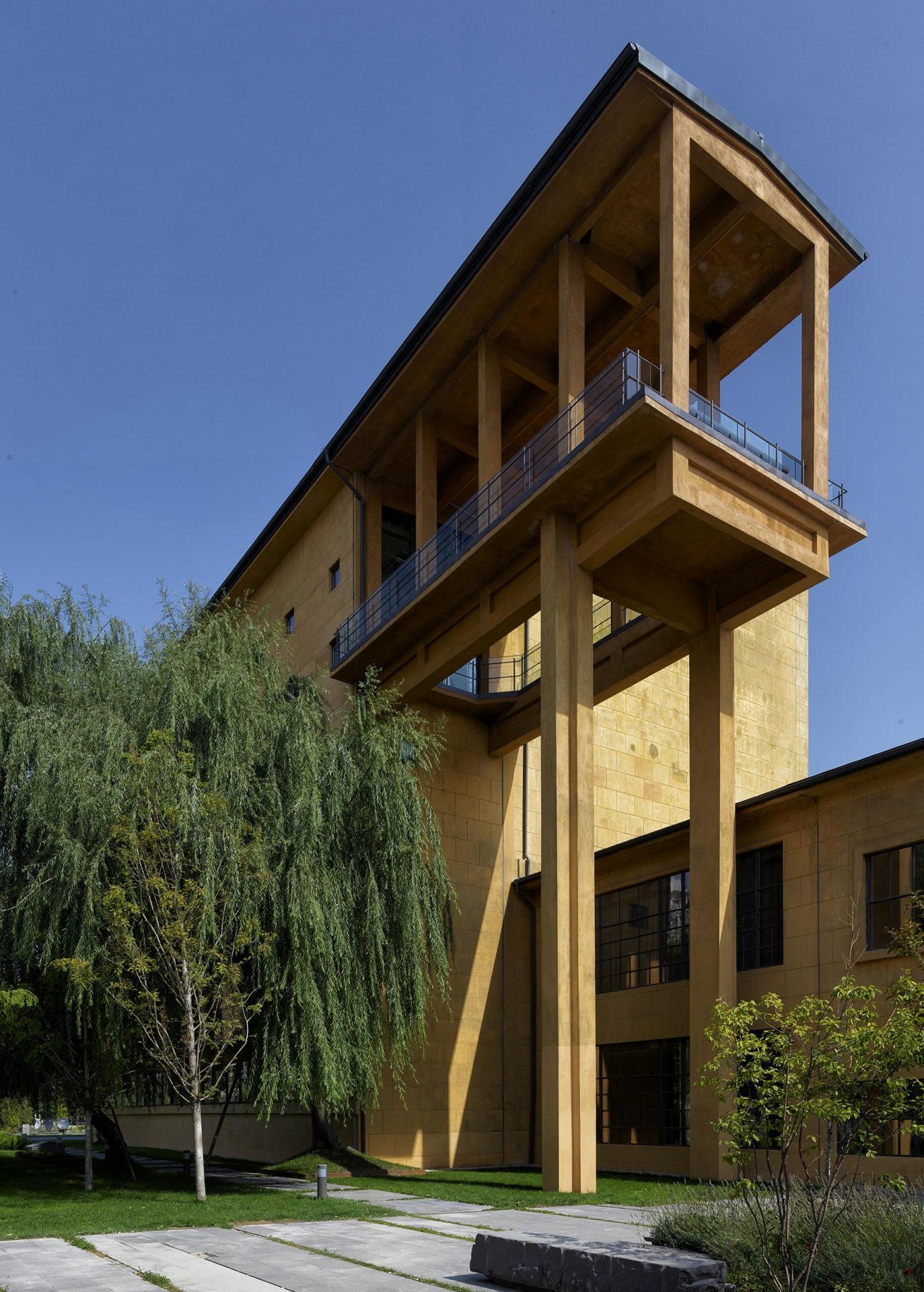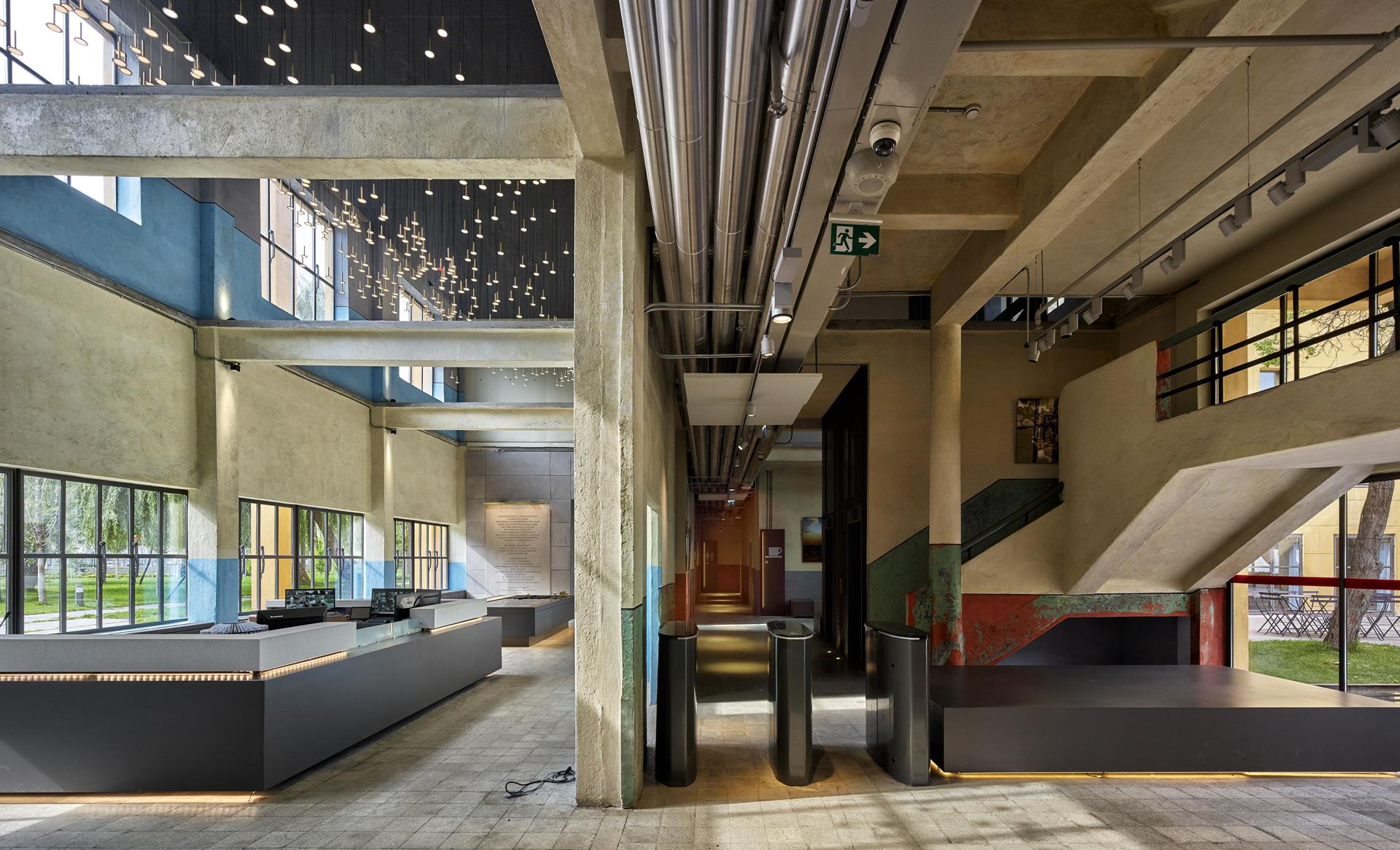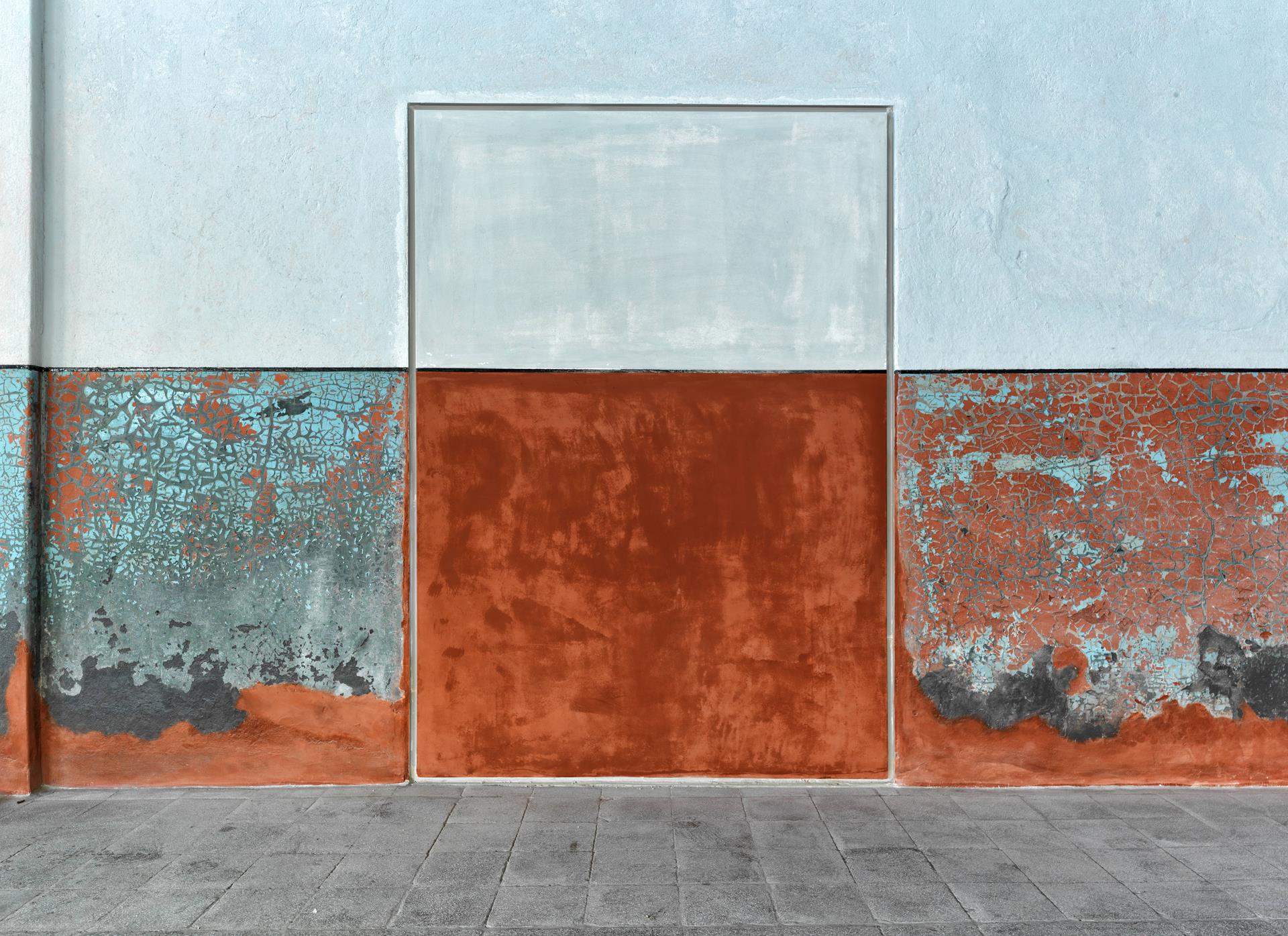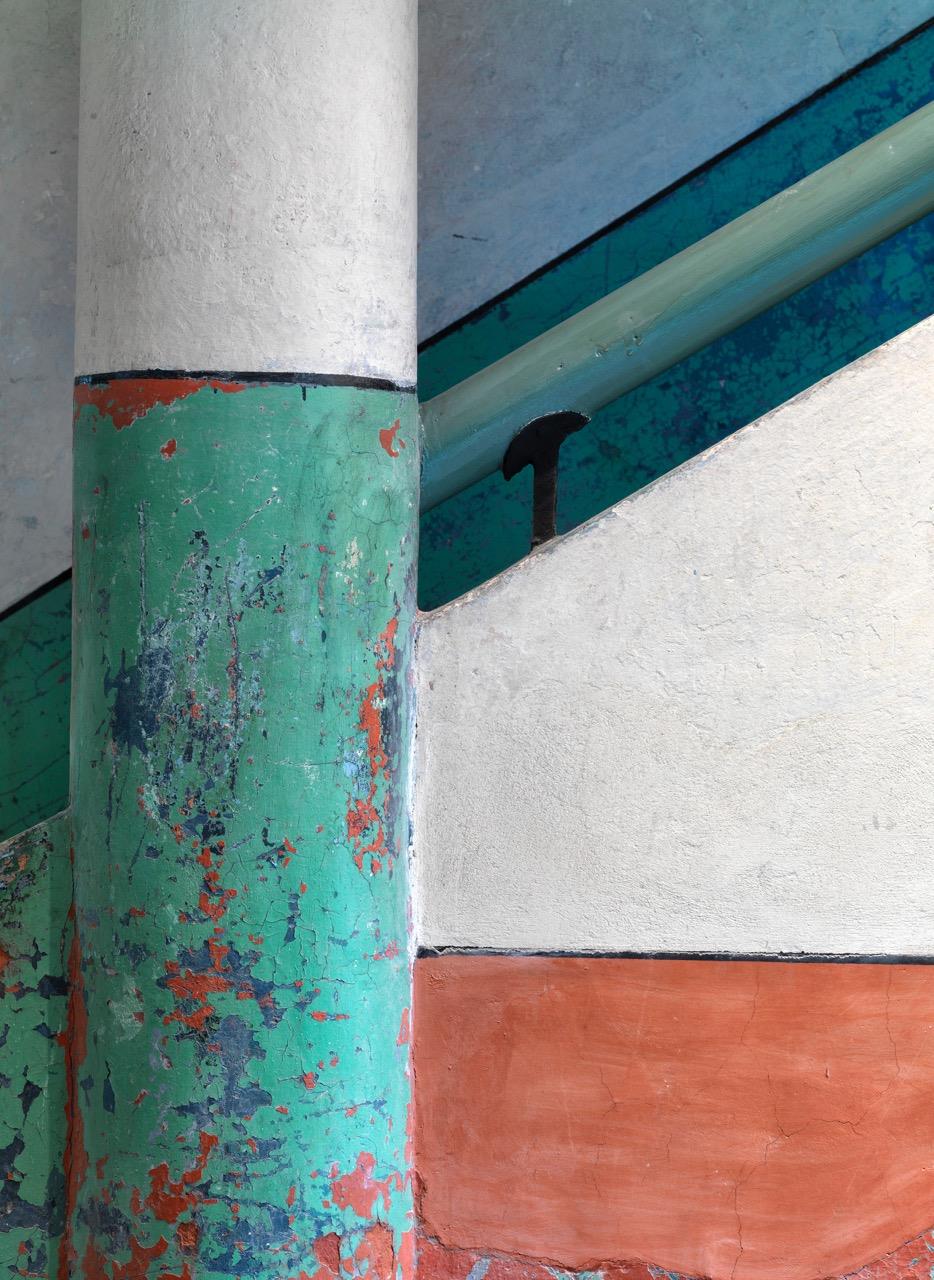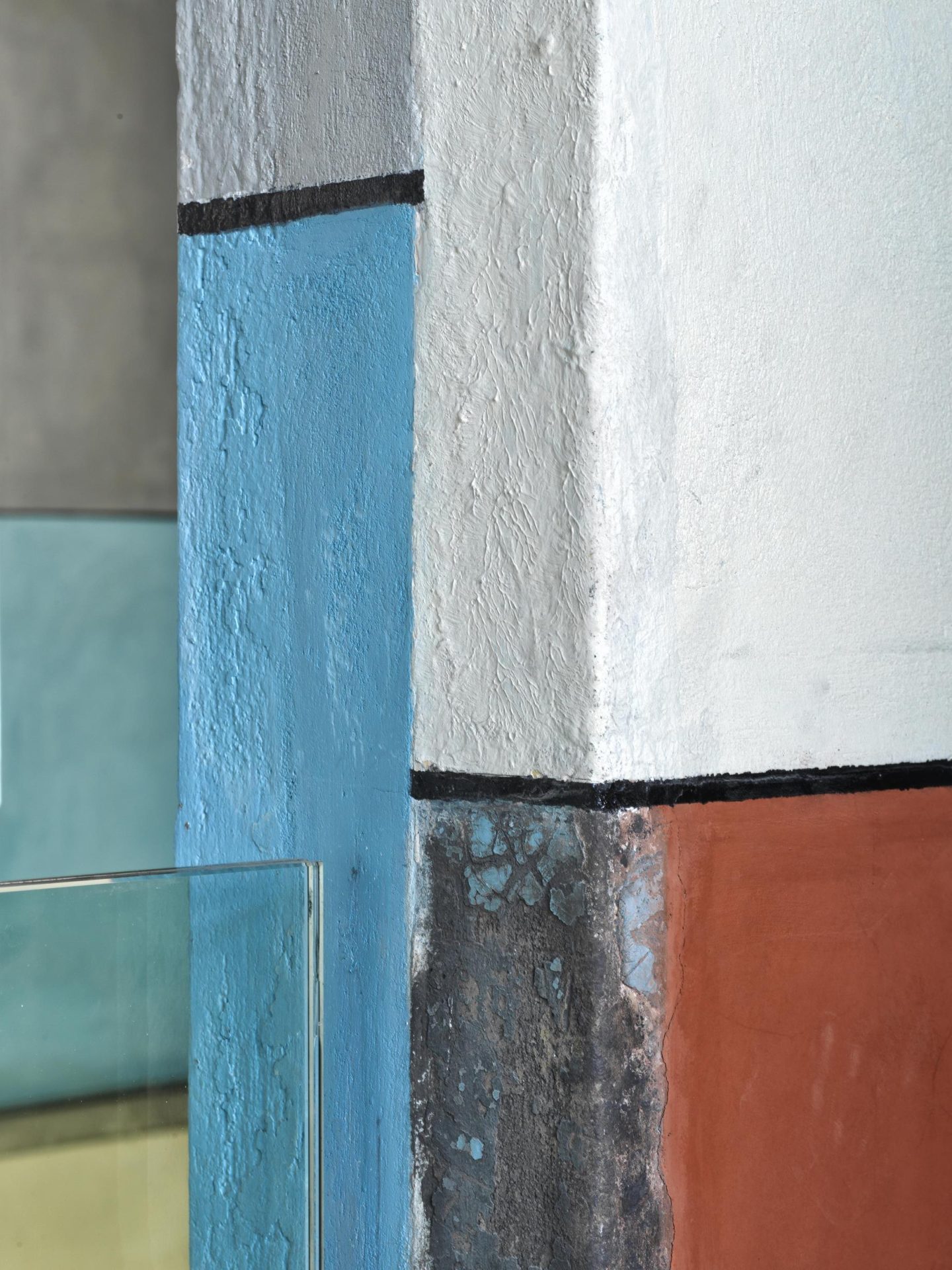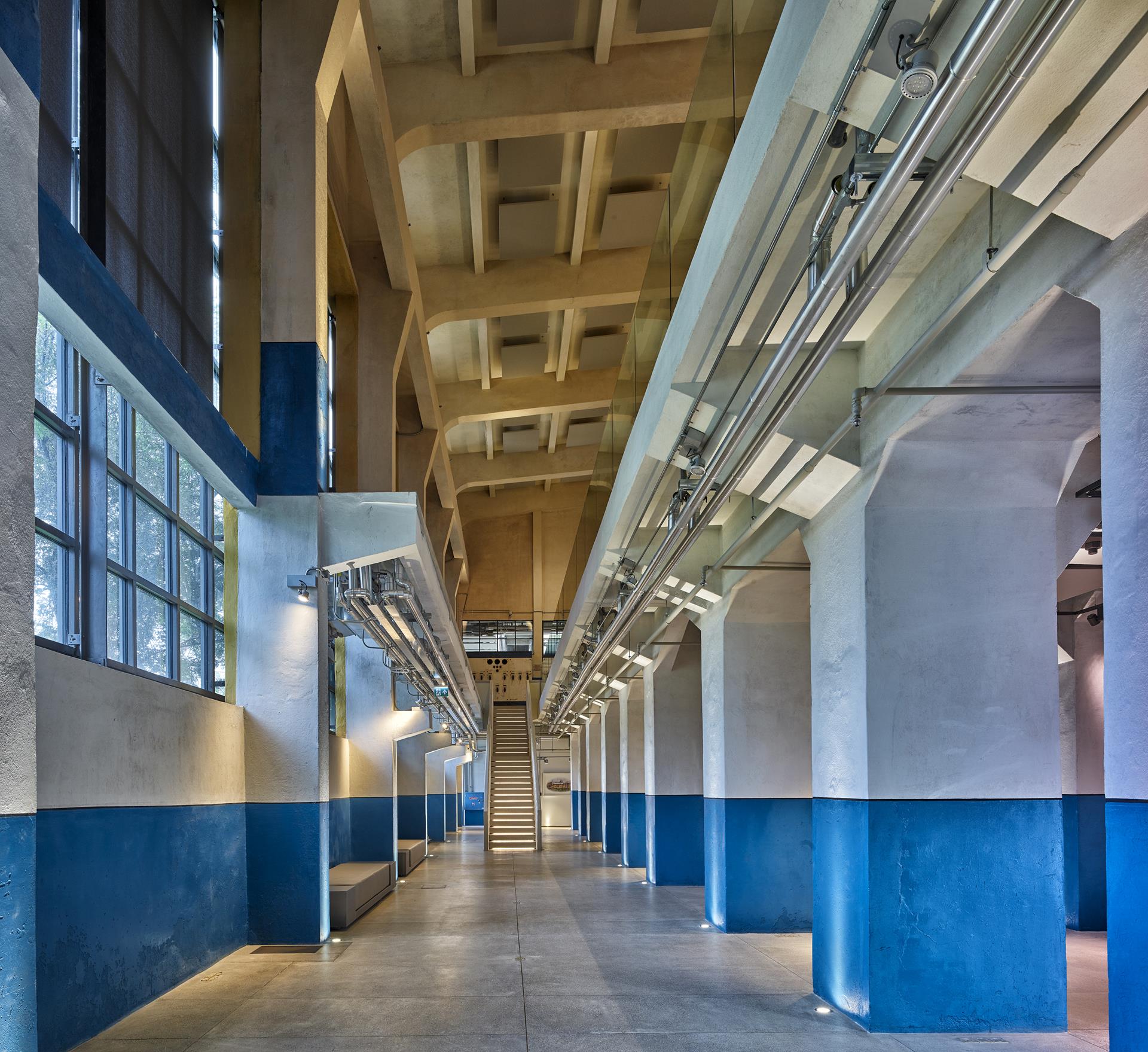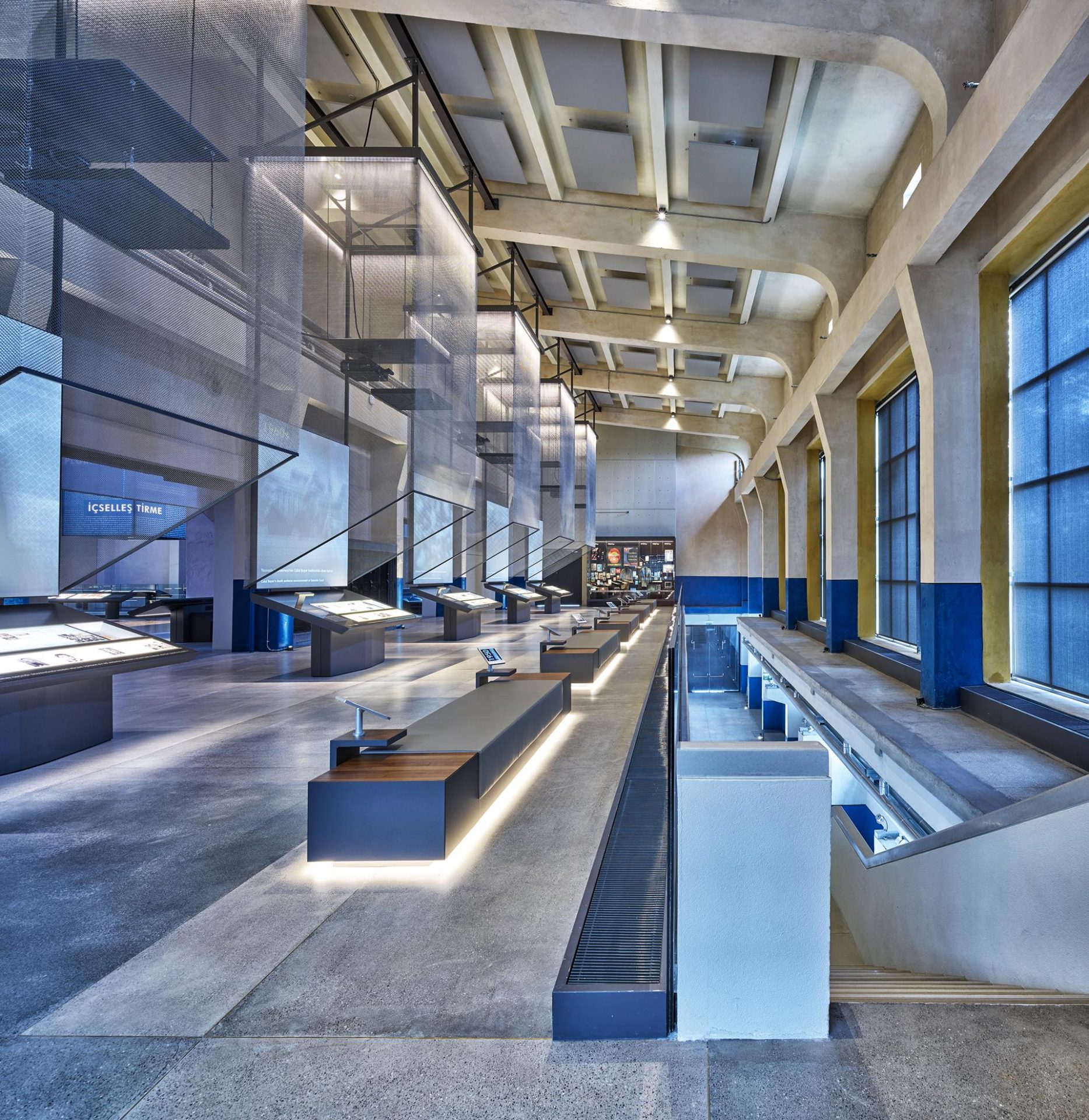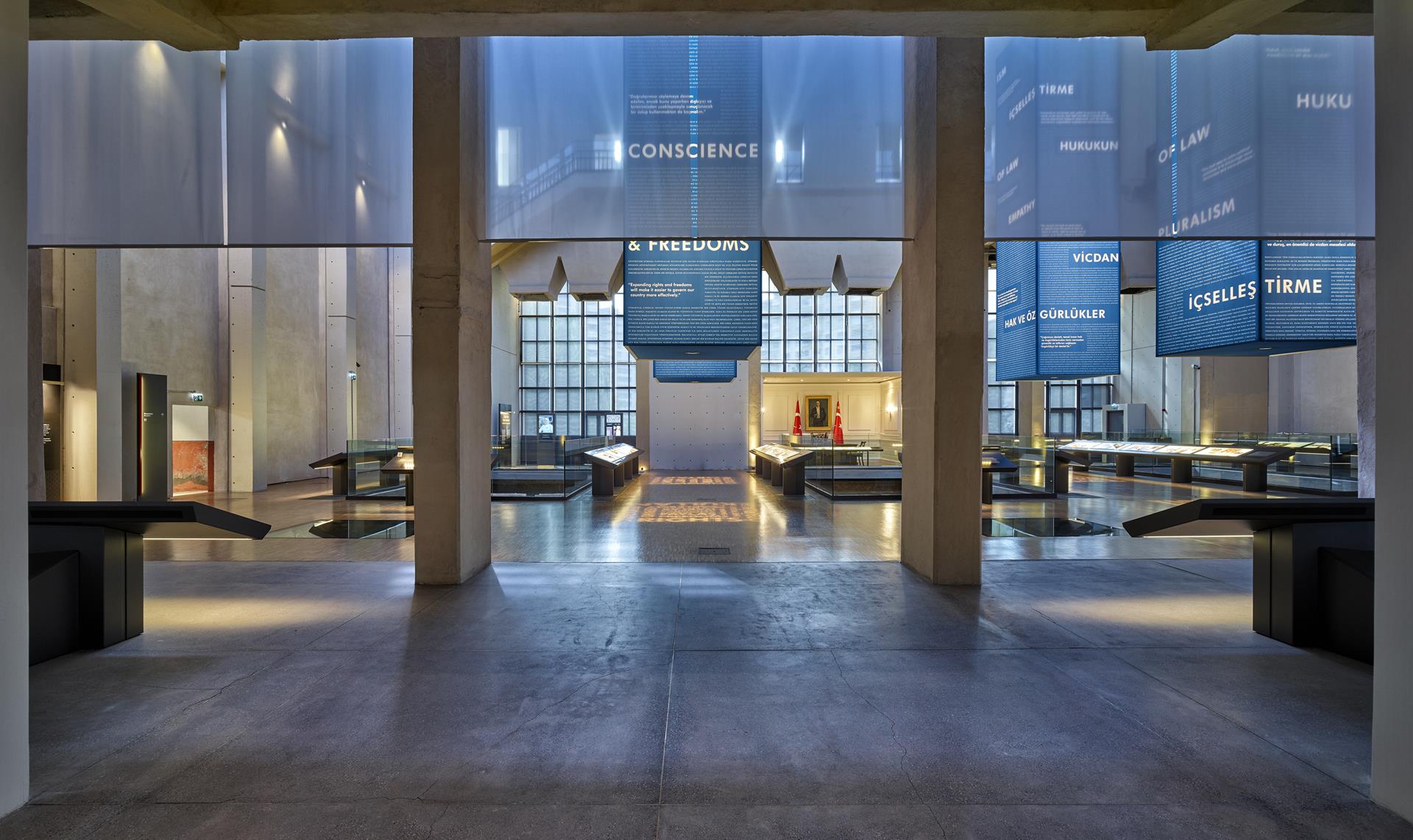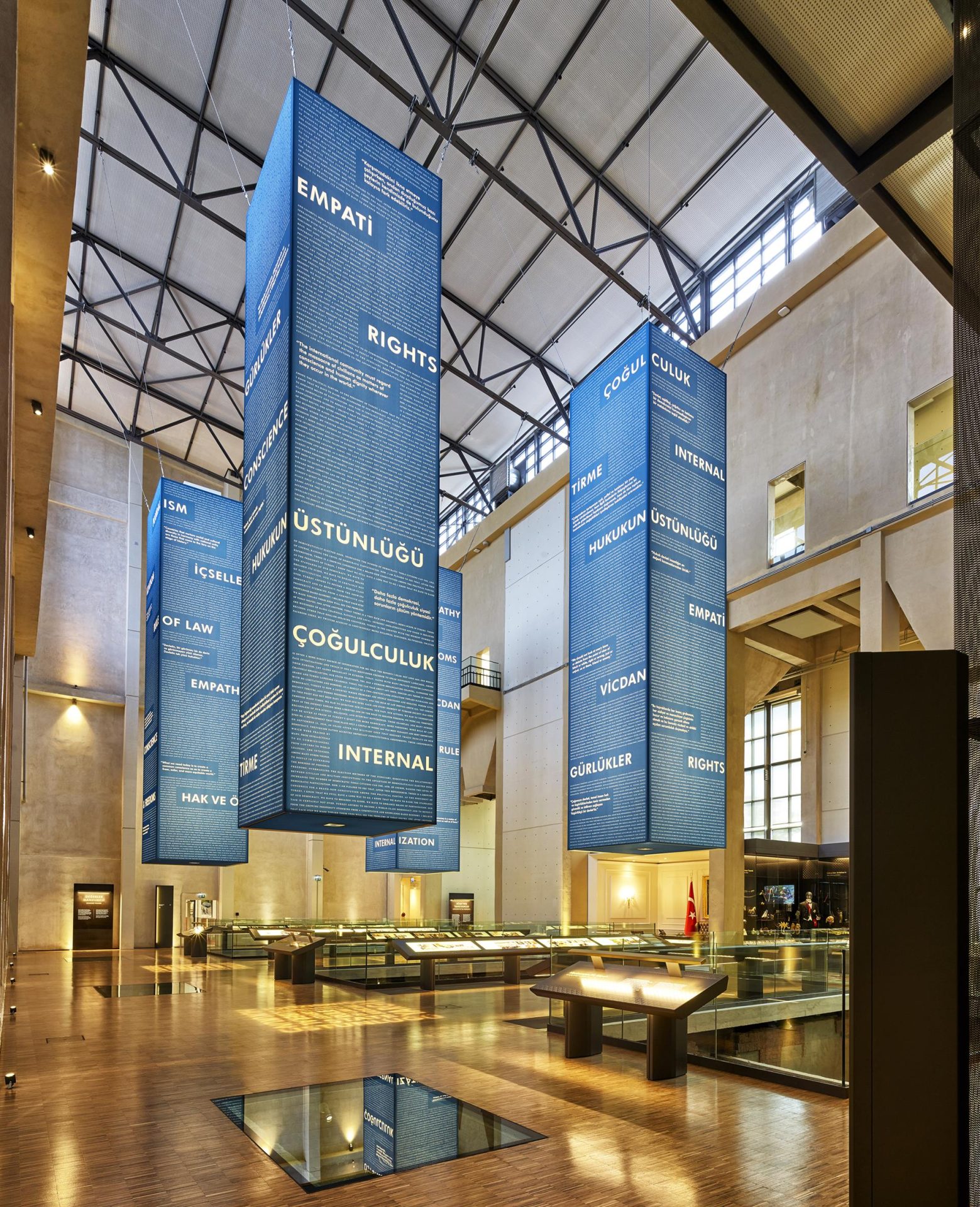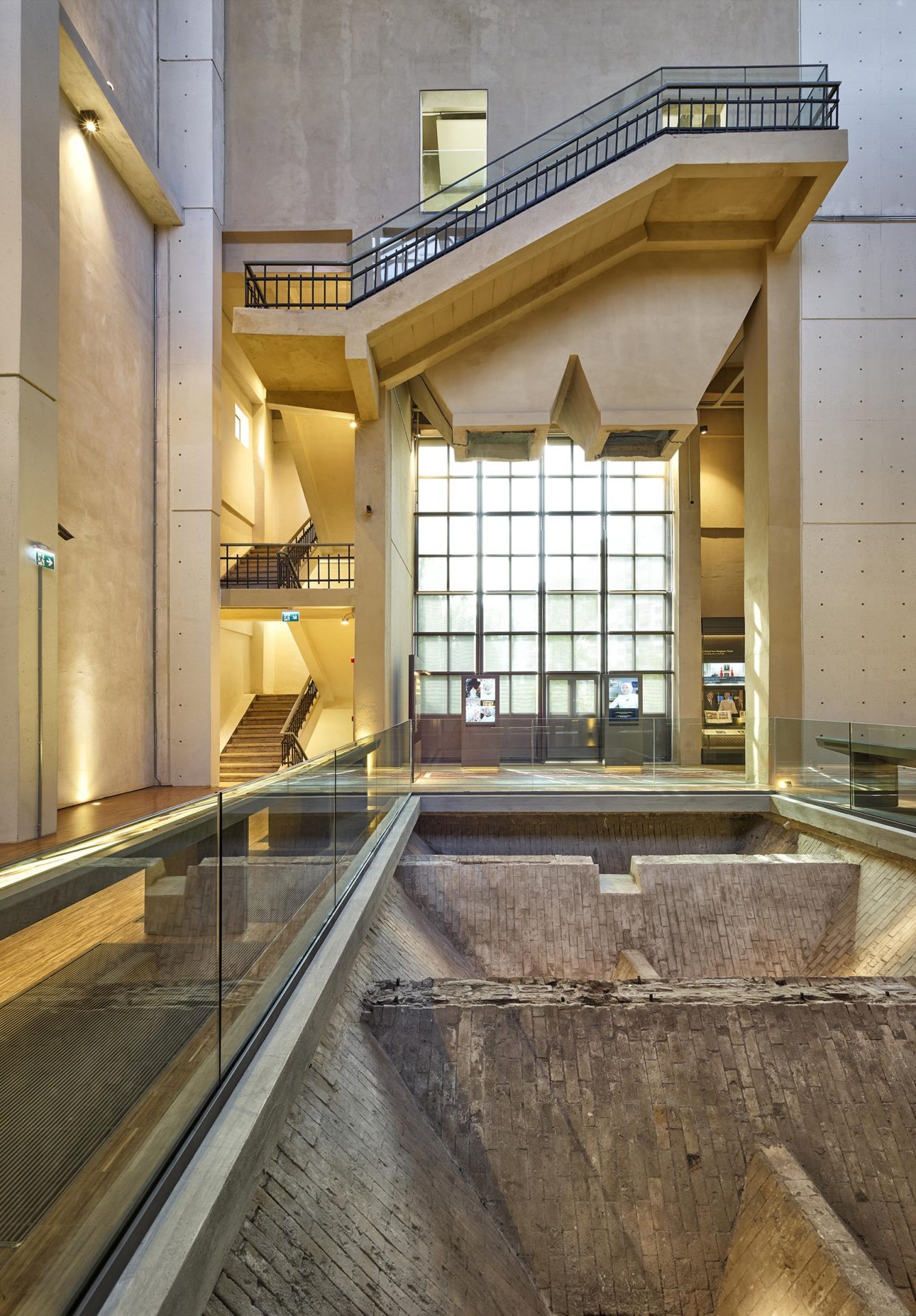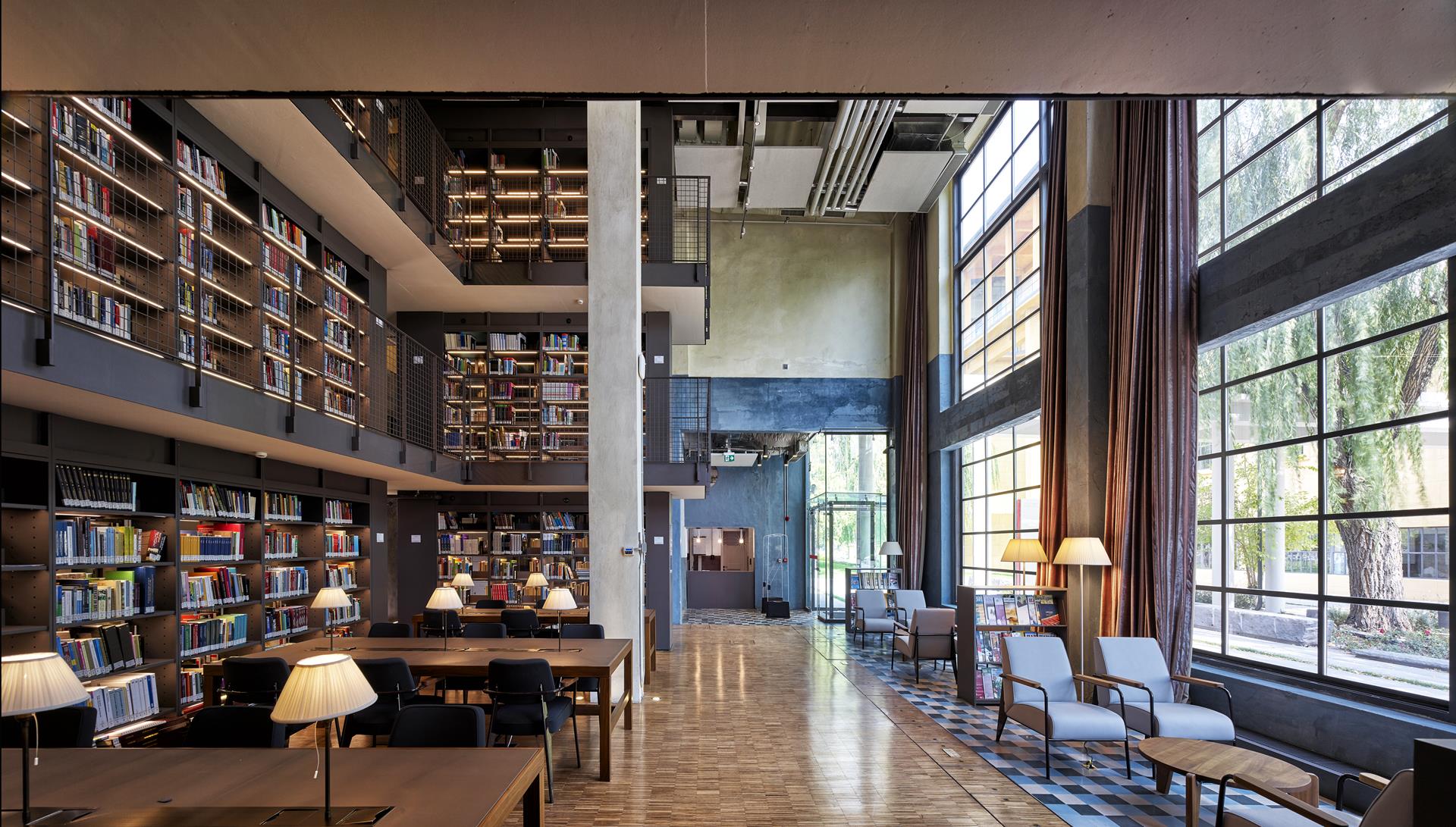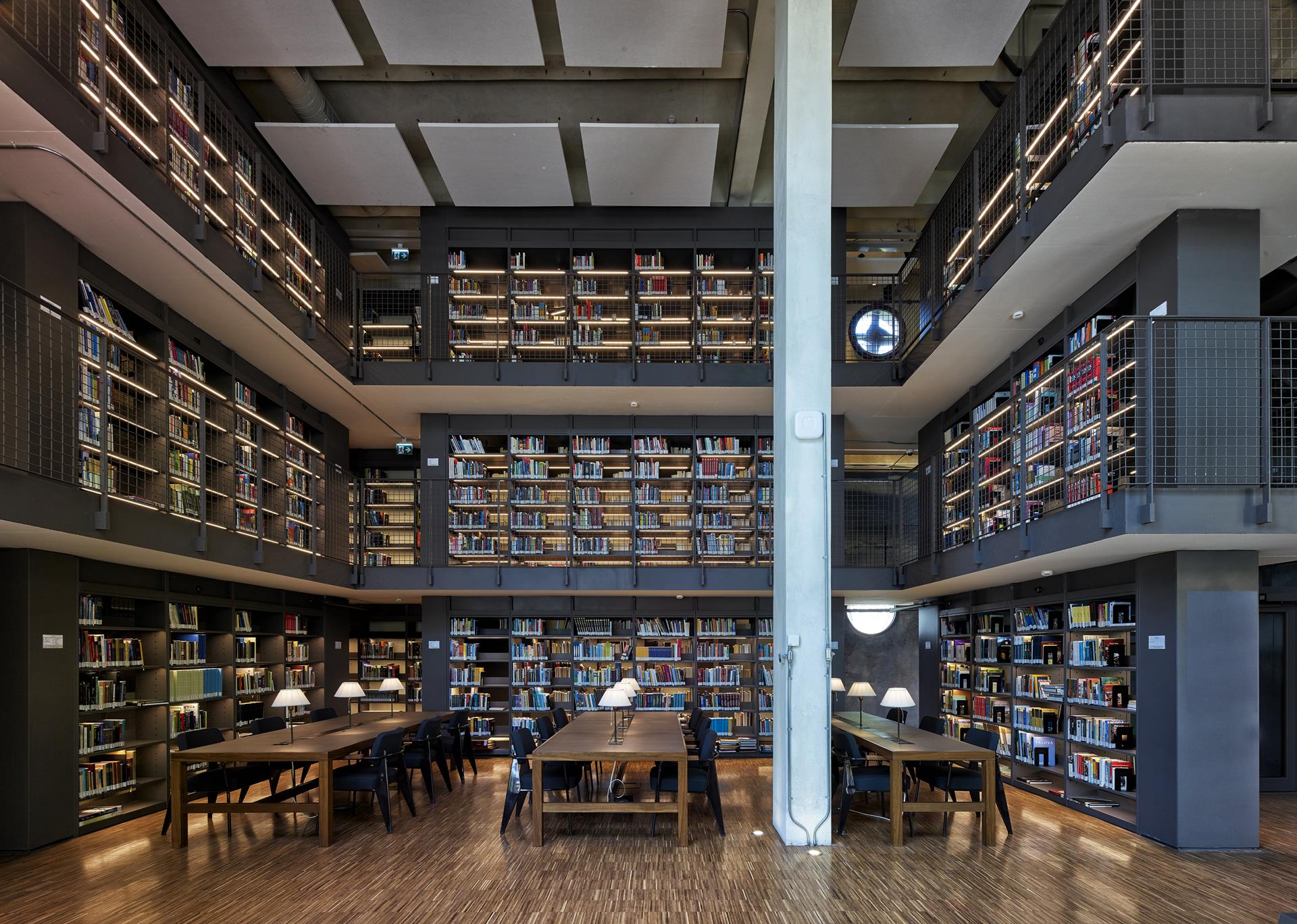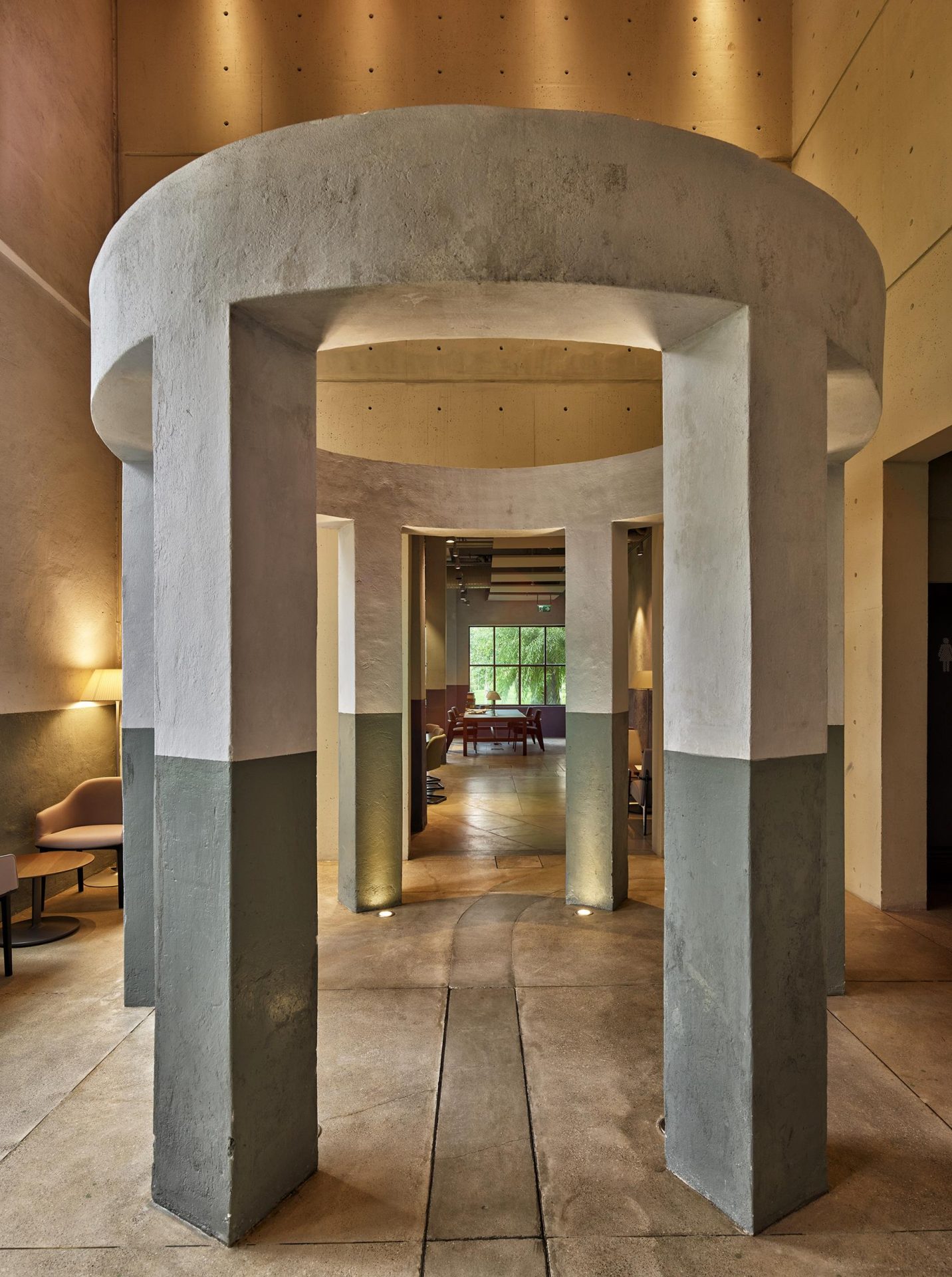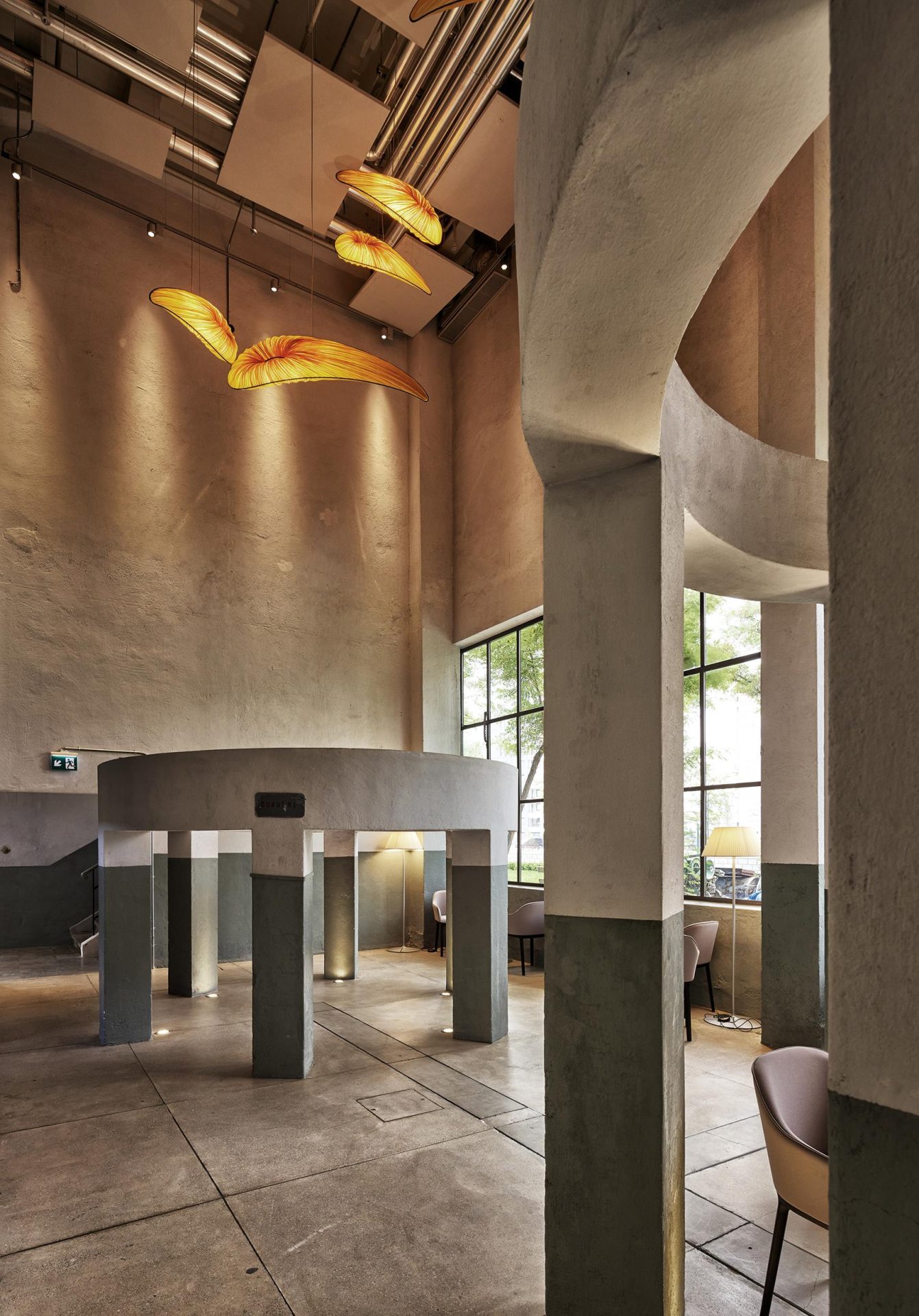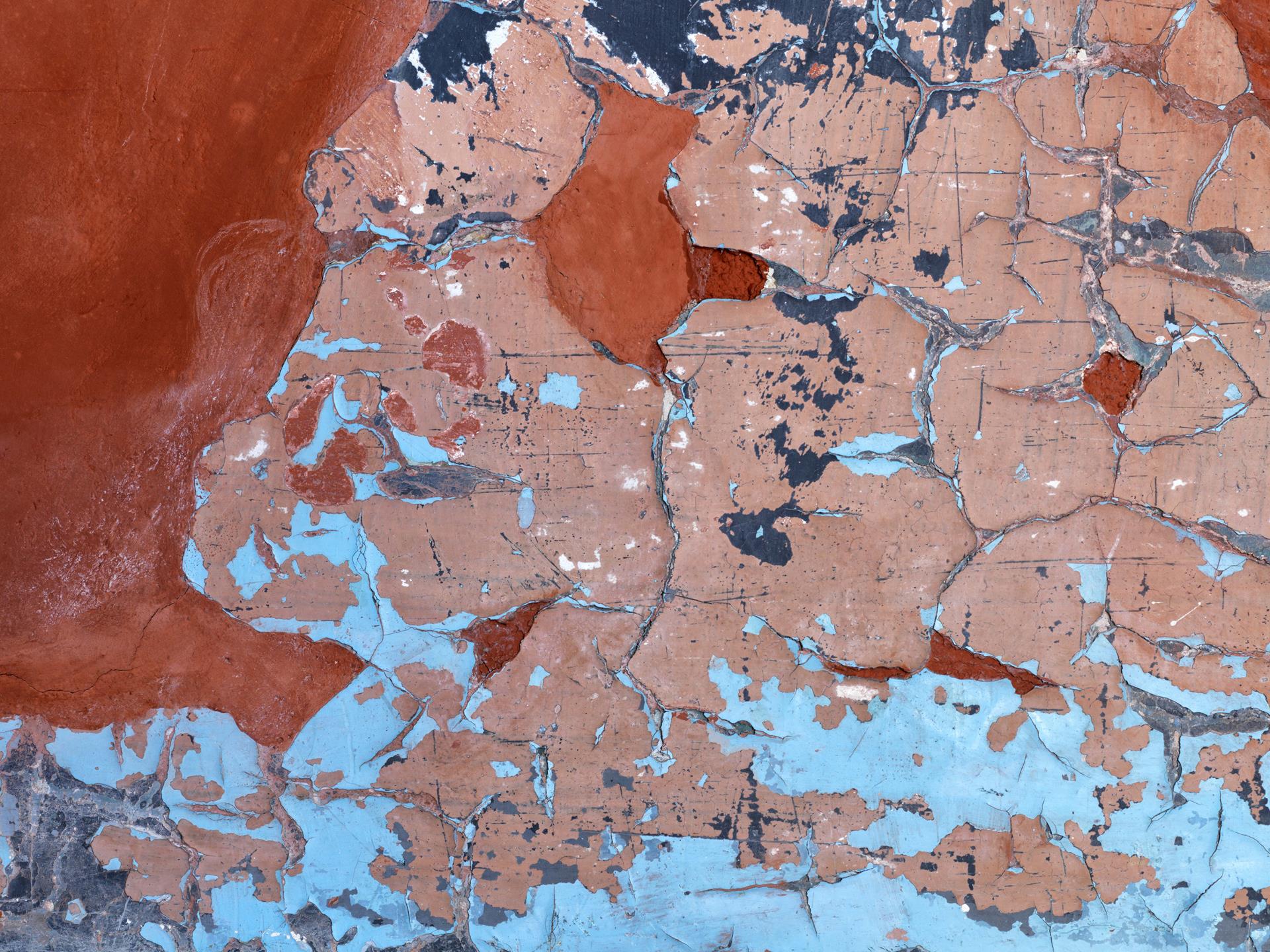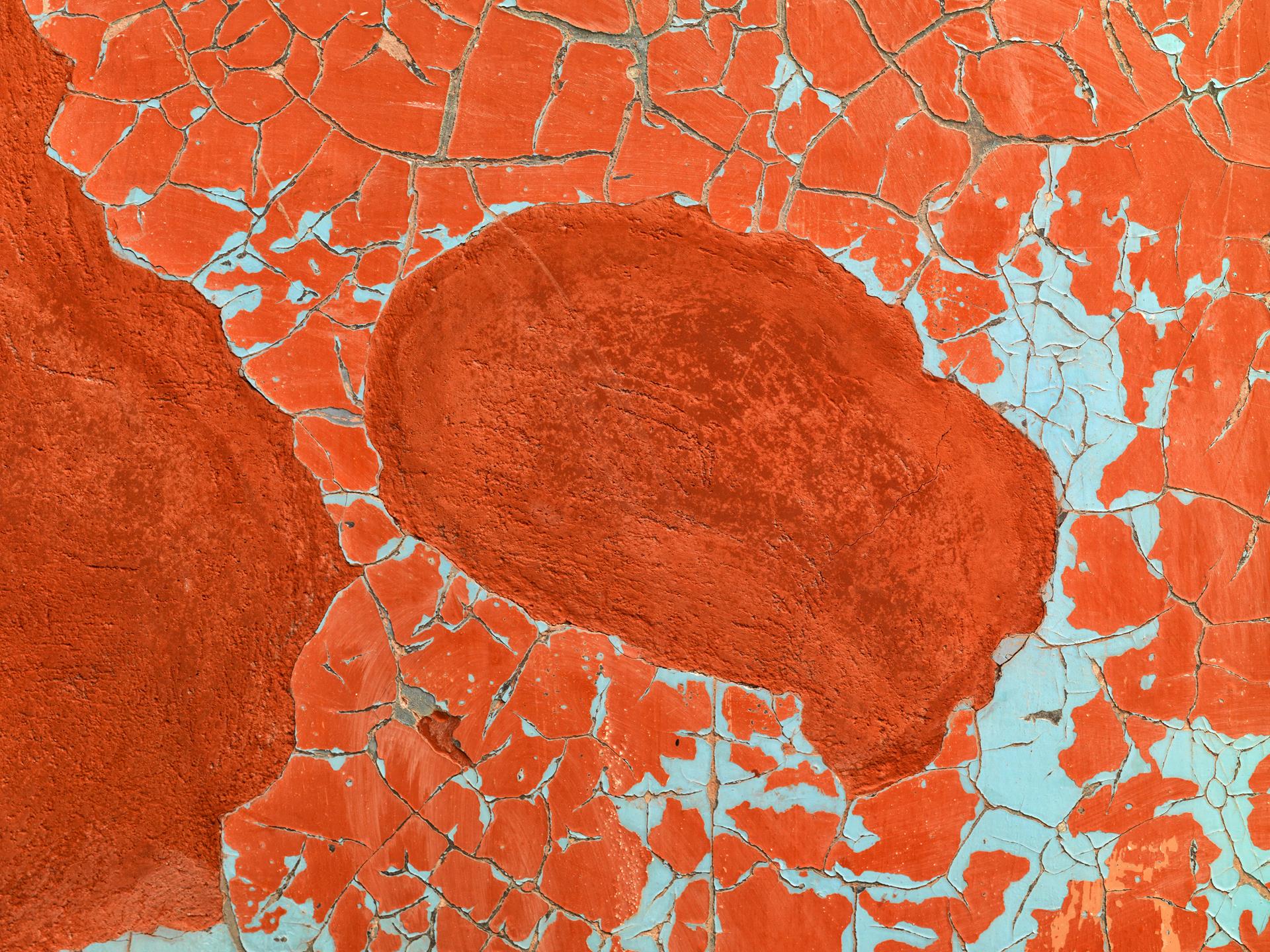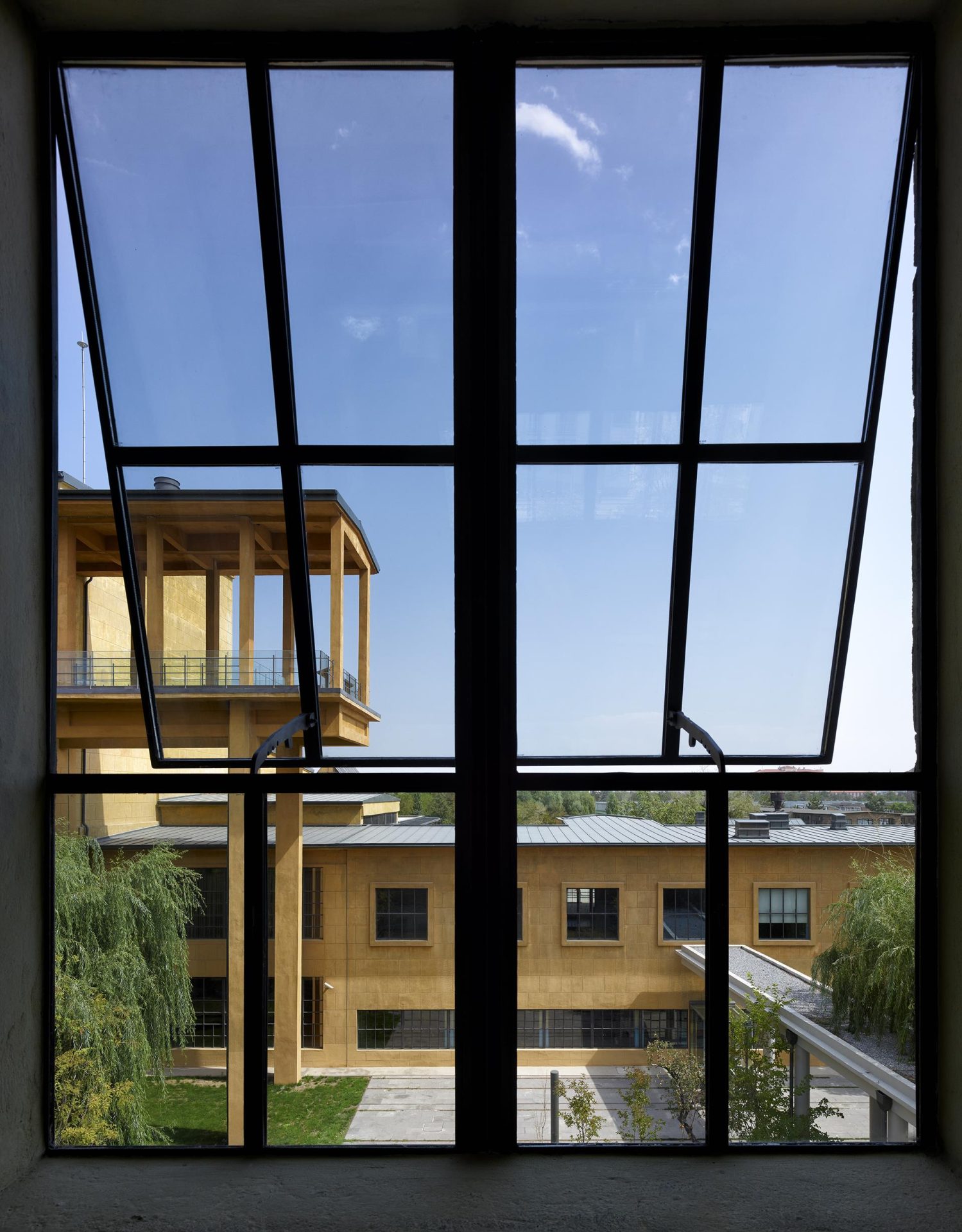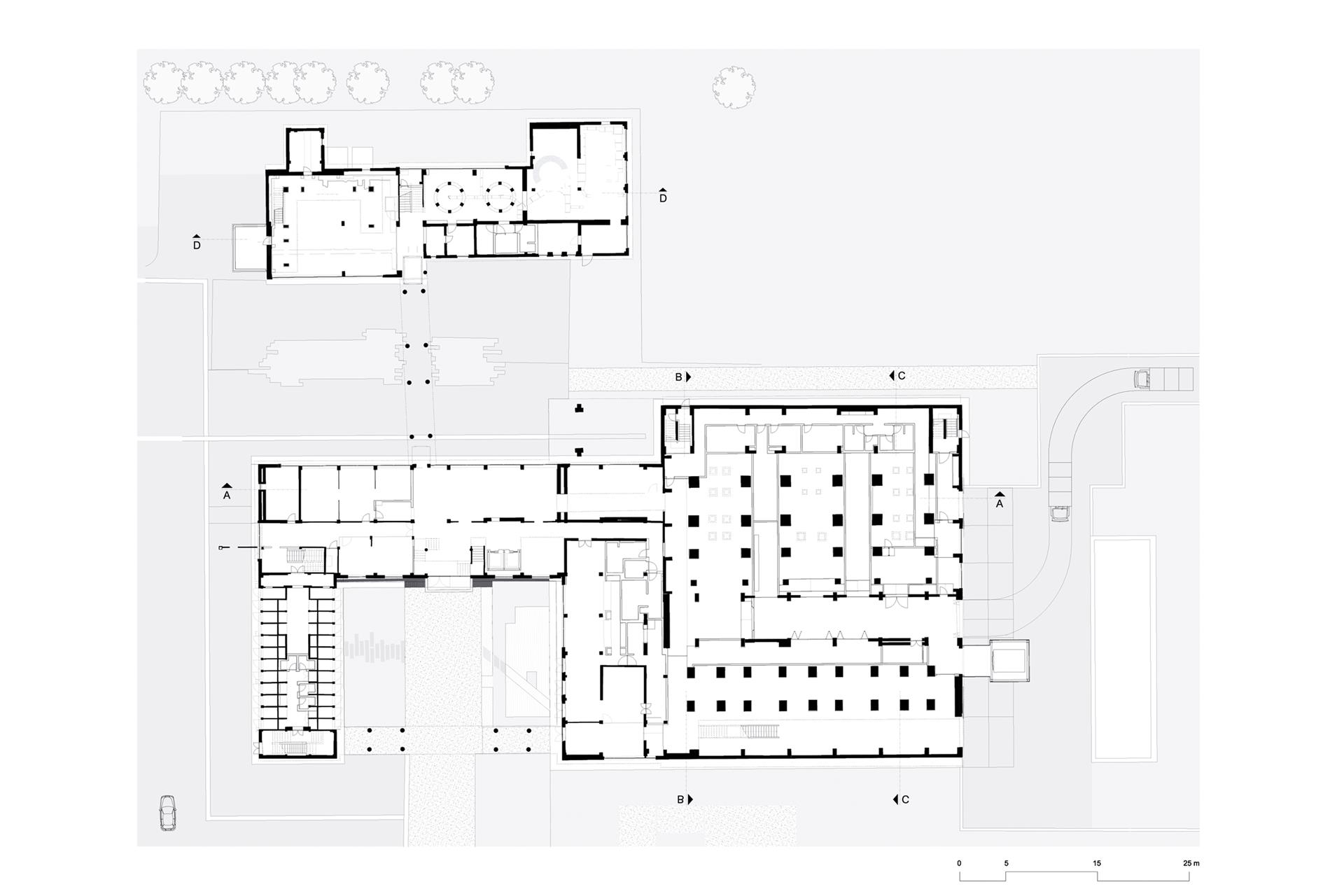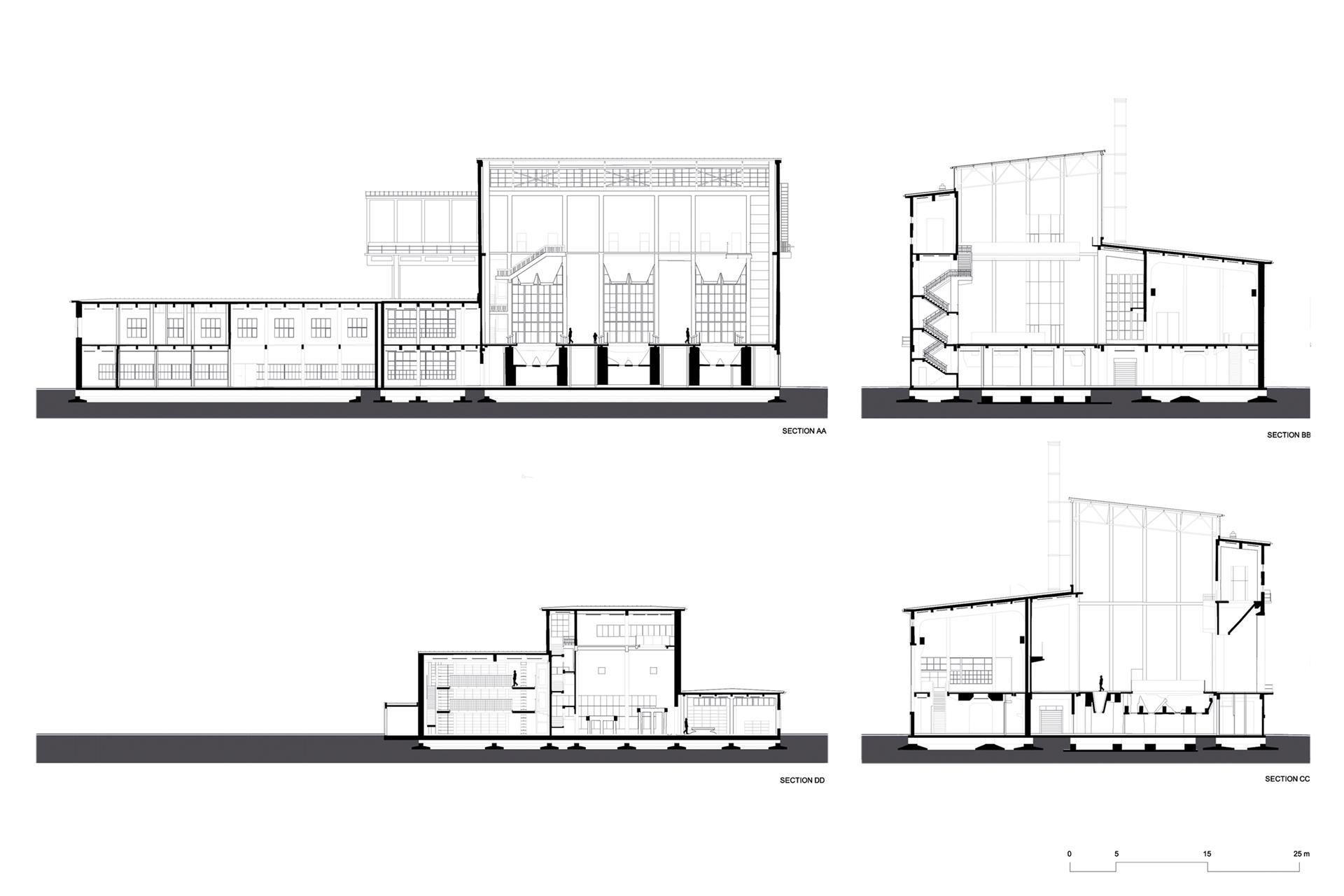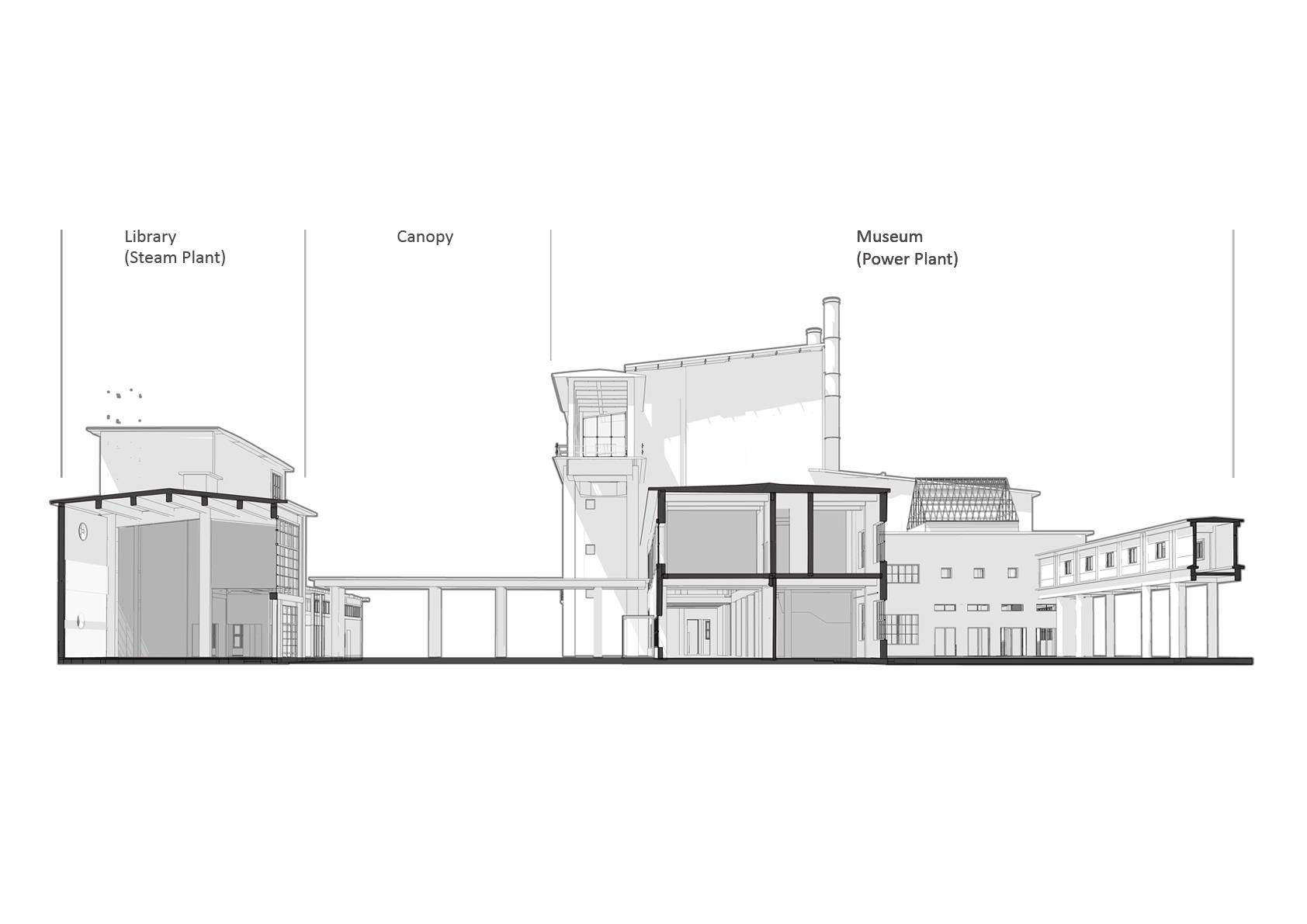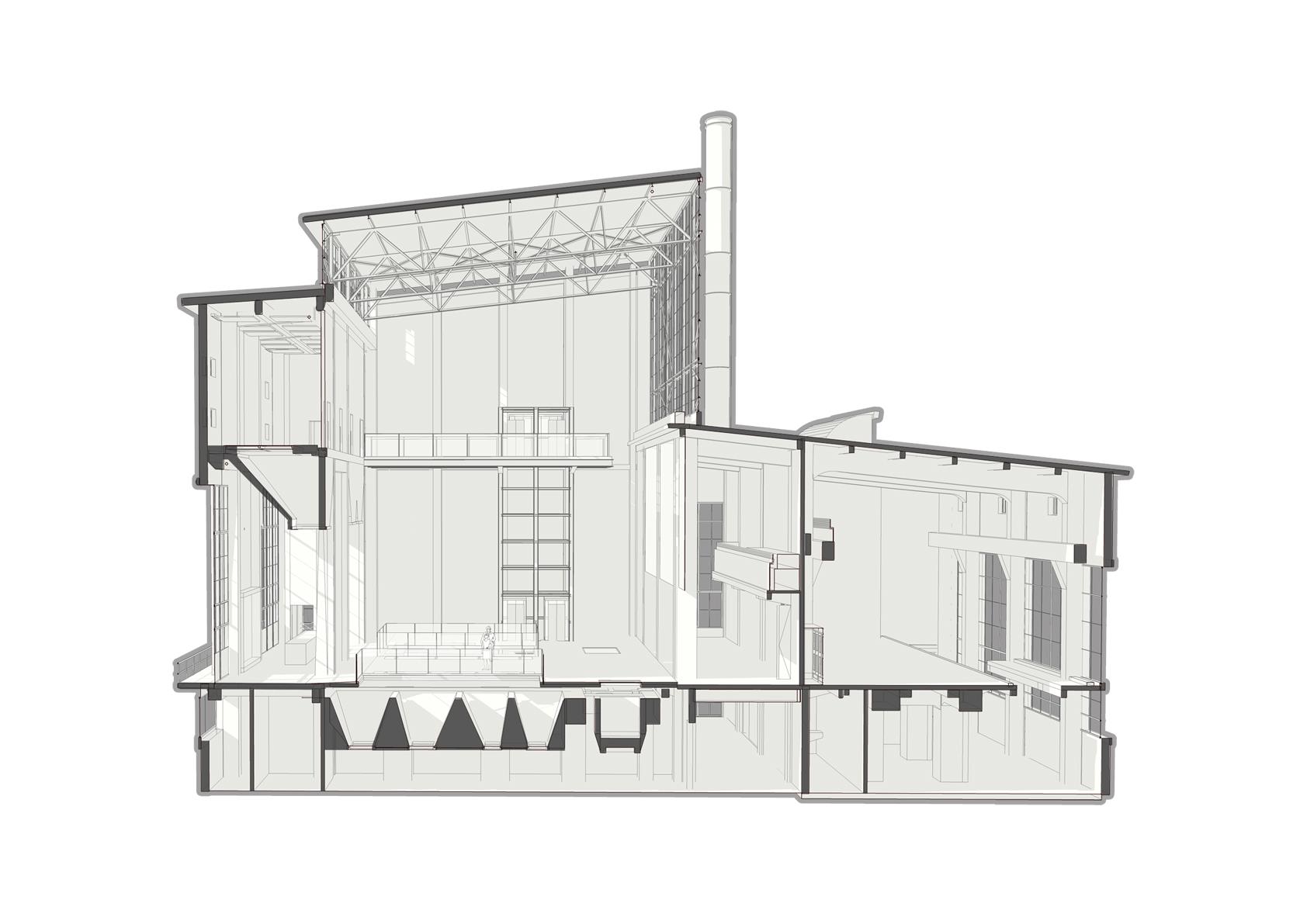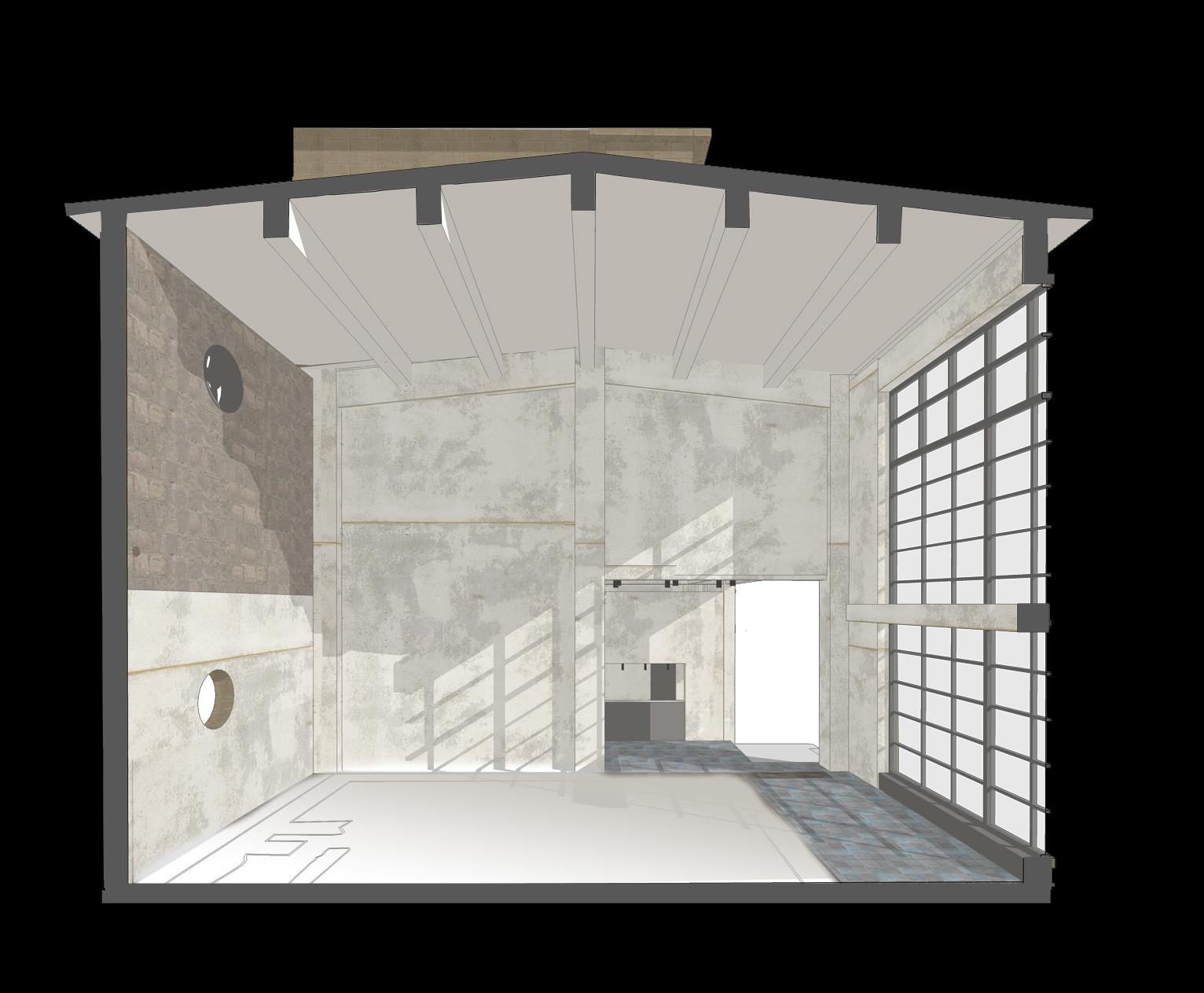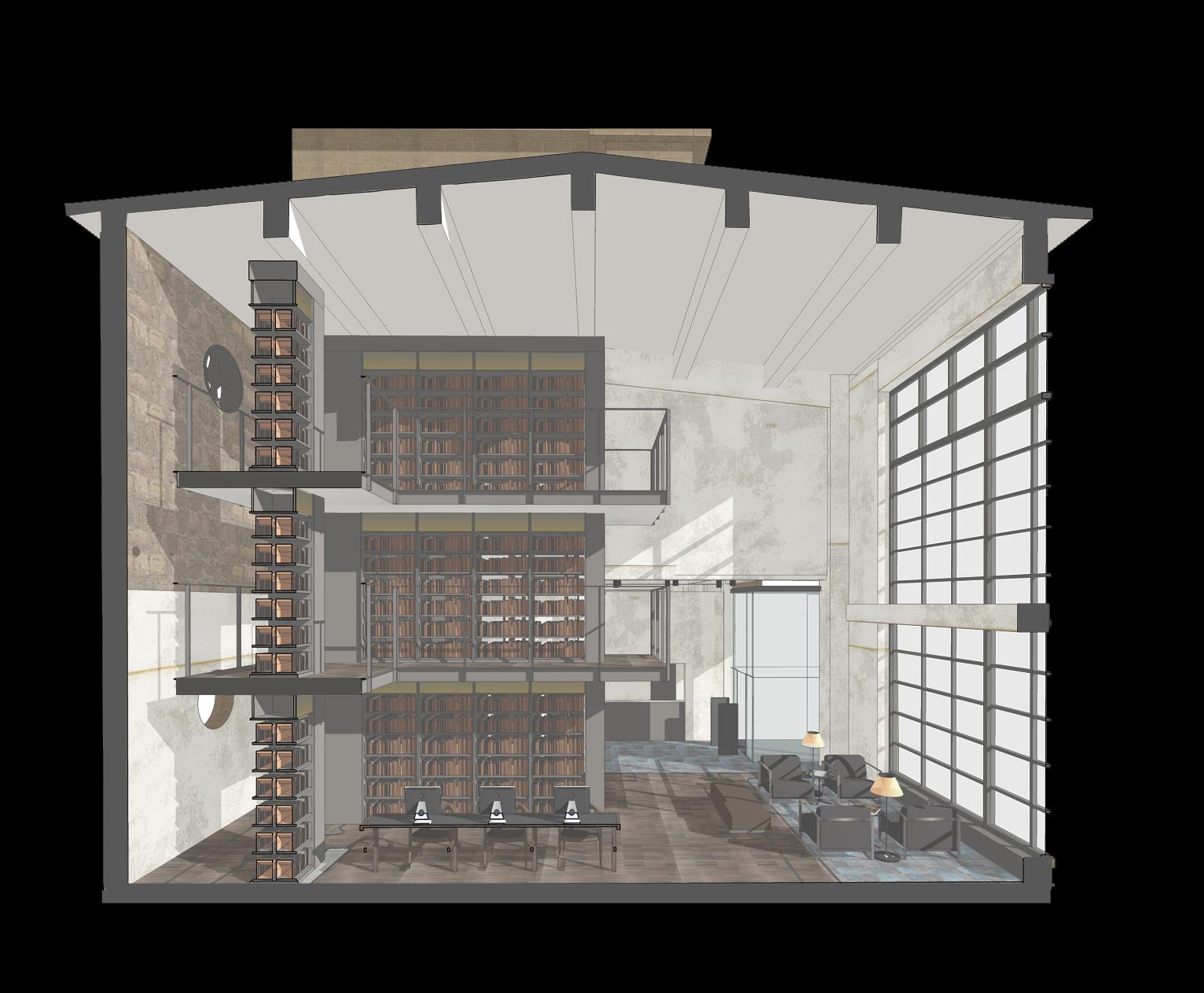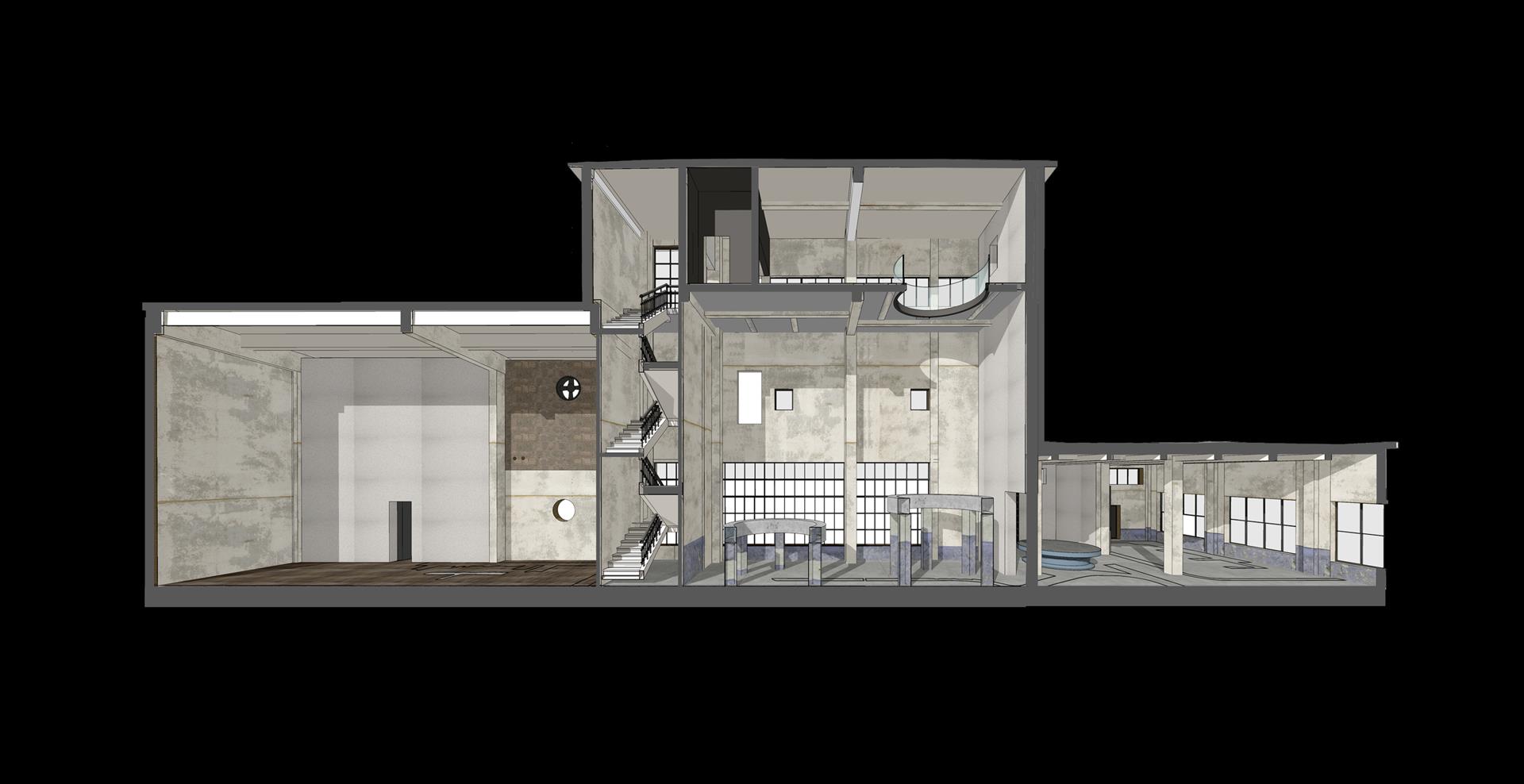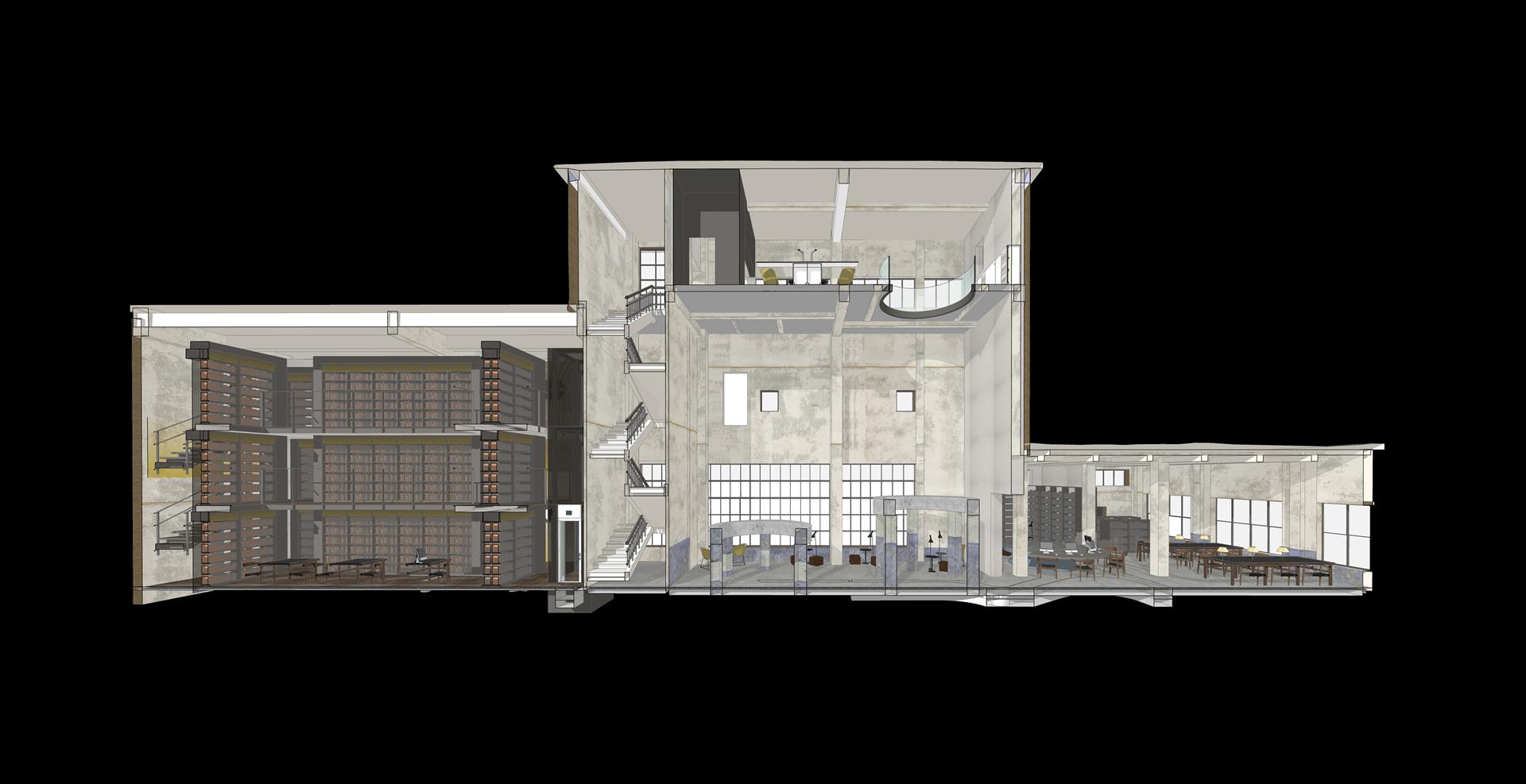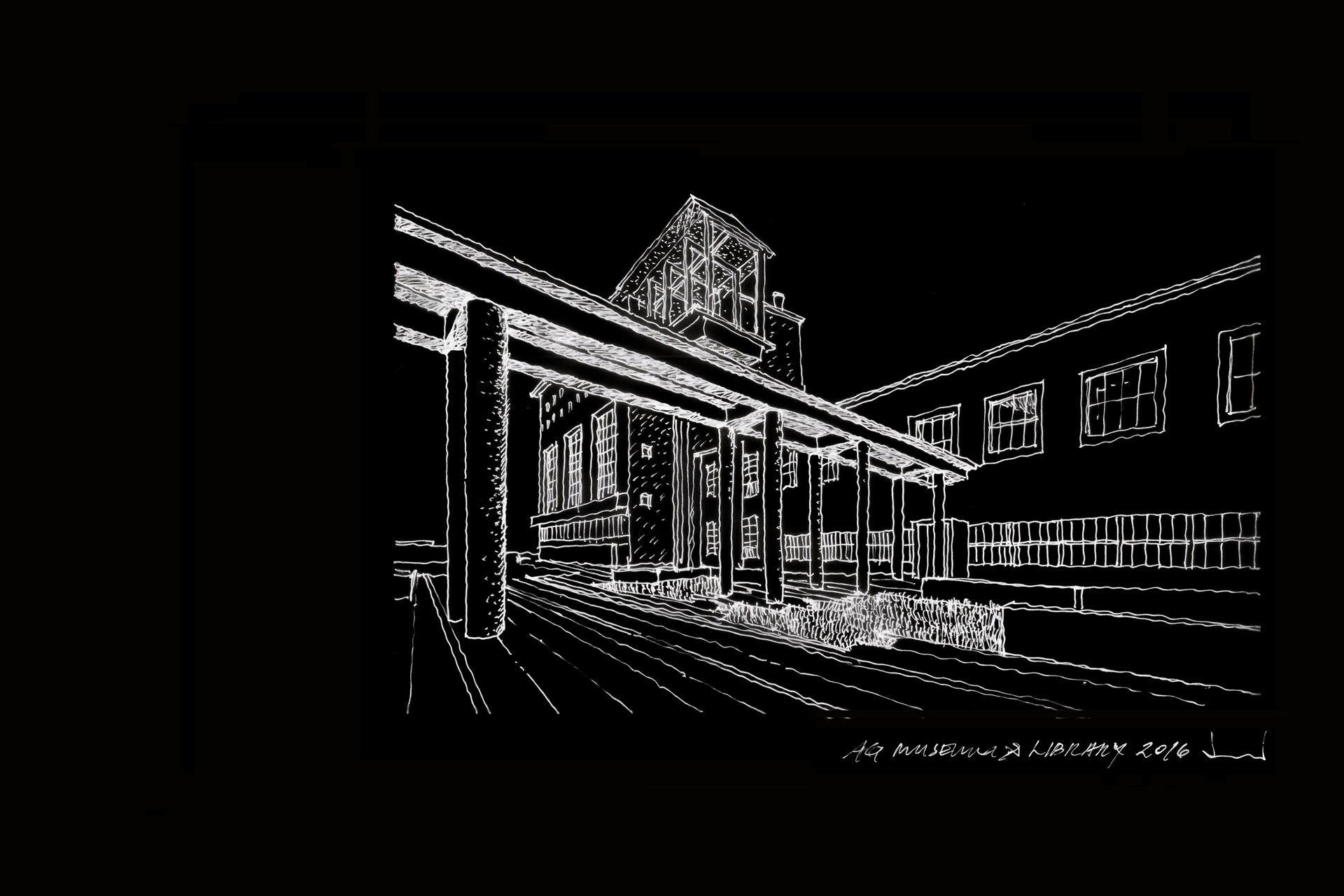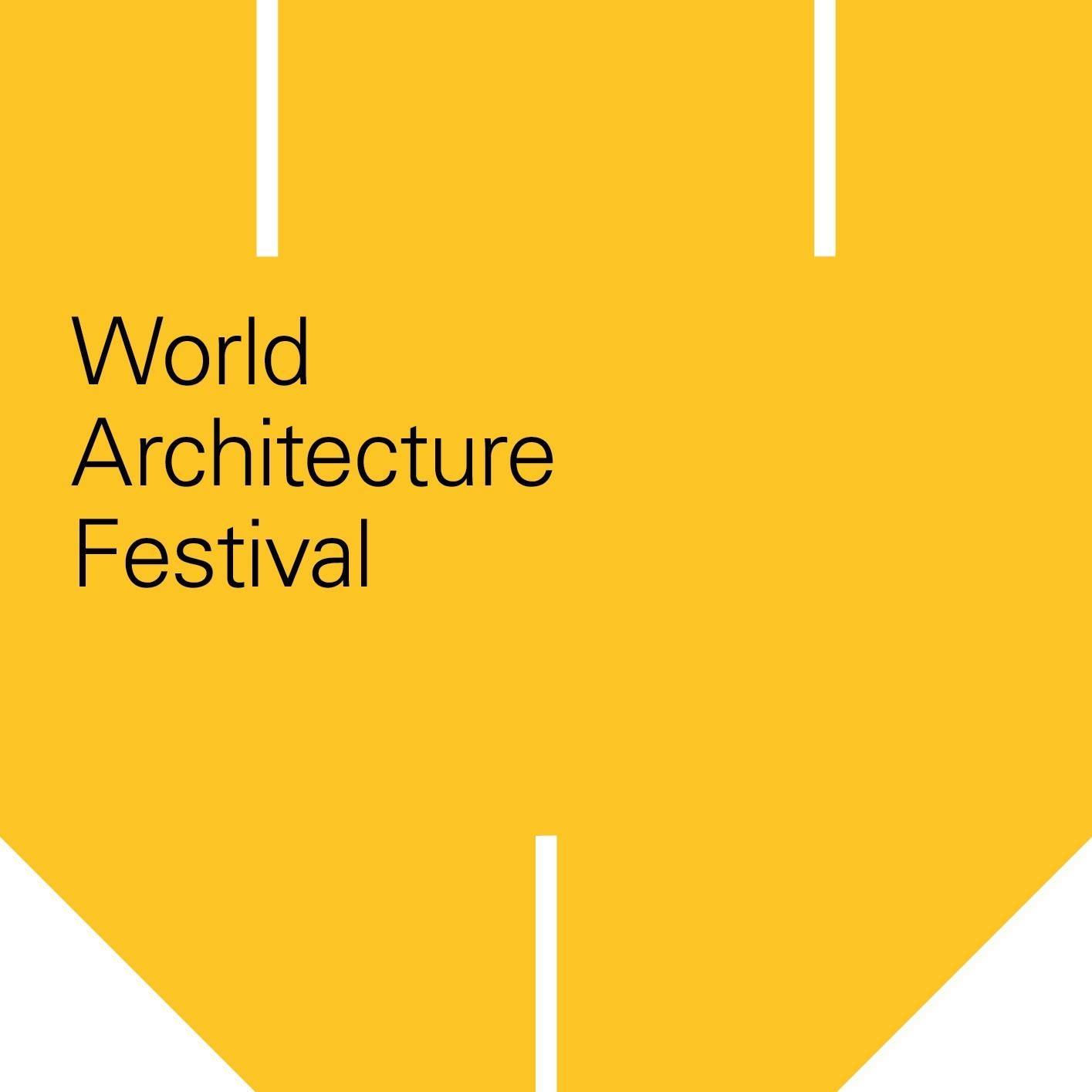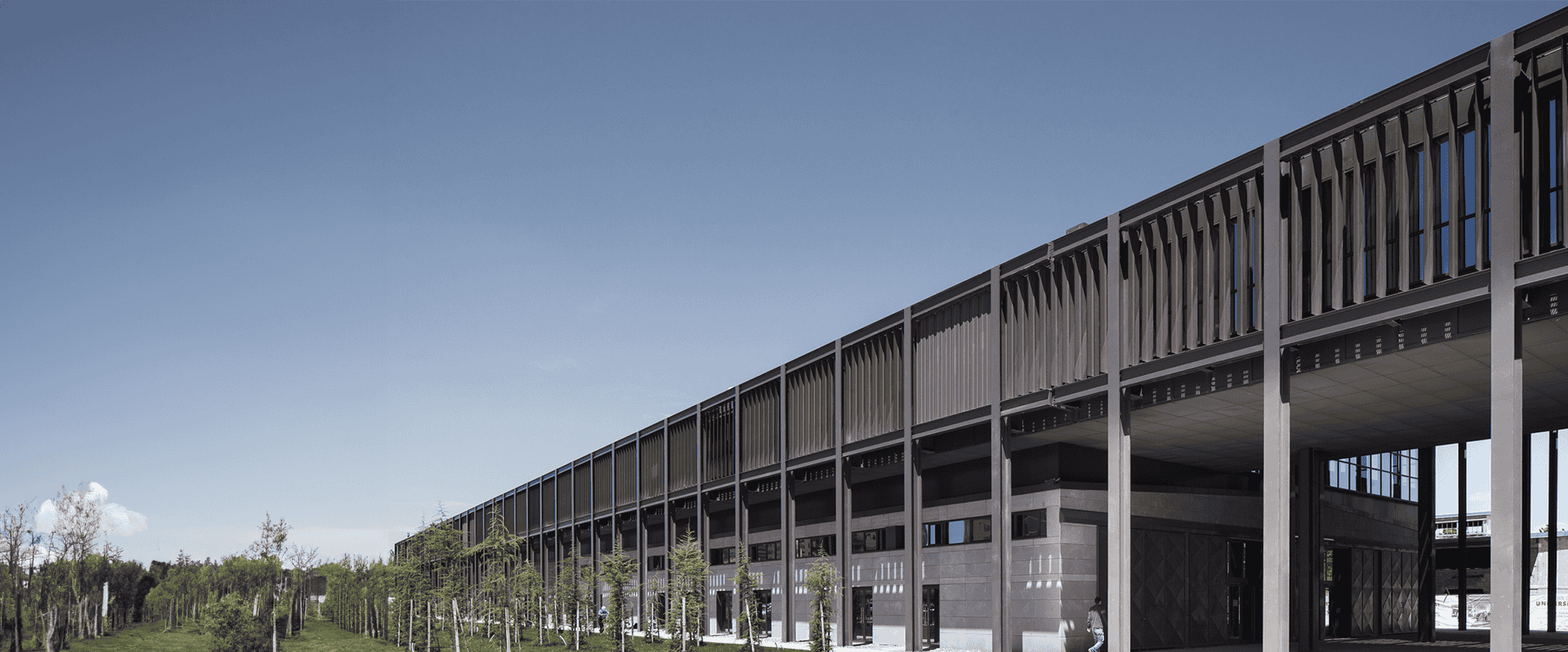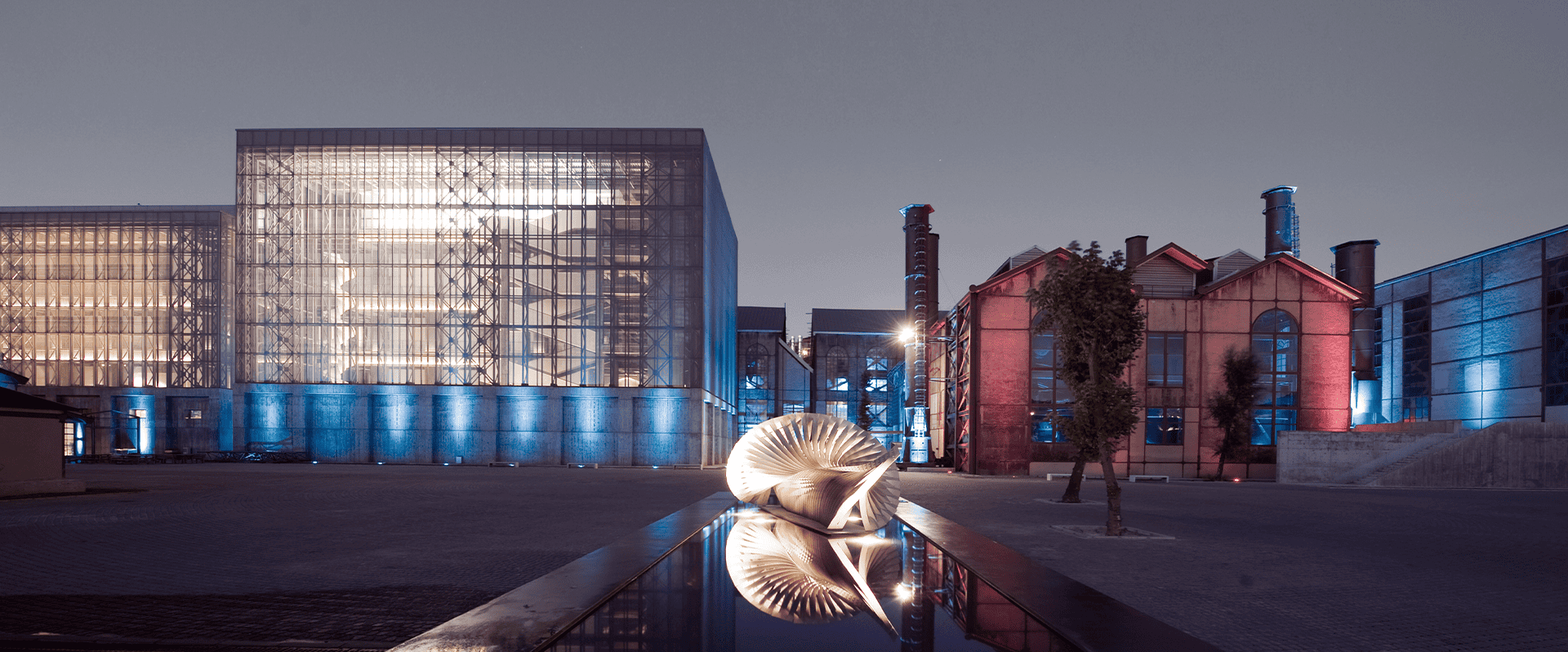Designed by one of the most important Russian architects of his time, Ivan Nikolaev, and built between 1933 and 1935, the Kayseri Sümerbank Textile Factory is one of the most significant symbols of the industrialization and modernization movement of the Republican Turkey era. The complex, which includes structures considered unique examples of Constructivist architecture, remained largely neglected from its closure in 1999 until it was allocated to Abdullah Gül University. In 2012, part of the existing structures within the complex were repurposed and reopened as the AGU campus. Among the original buildings within the campus, the Electricity and Steam Power Plant buildings were transformed into the Presidential Museum and Library.
The interior layout of the Electricity Power Plant was reorganized in accordance with the needs of a contemporary museum, offering visitors an experience of the Presidential exhibition as well as temporary exhibitions. This building was also designed as a center for educational activities, including activity spaces and food & beverage areas. Additionally, original structural elements from its past function, such as ash bins and coal chimneys, have been preserved and incorporated into the exhibition experience.
Adjacent to the Electricity Power Plant, the Steam Power Plant has been transformed into a modern Information Center in connection with the museum. Similar to the ash bins in the museum, the concrete silo supports from the building’s operational period have been preserved as memory elements and integrated with the library/archive space.
The conservation principles developed by EAA for the entire Sümerbank Textile Factory complex remain applicable to the Power Plant buildings converted into the Presidential Museum and Library. The preservation of the patina that has formed over time—thus retaining and exhibiting the traces of history—was considered significant. The buildings were approached as a whole, encompassing the various layers that formed over different periods. Conservation interventions were carried out to ensure necessary repairs based on the physical conditions of the structures while maintaining valuable historical elements from different periods.
In this context, elements that had completely deteriorated or disappeared over time were reconstructed in a way that harmonized with the existing texture. Meanwhile, newly added elements required for the contemporary use of the buildings were designed to follow the traces of the original structures, using modern materials that integrate seamlessly with the industrial atmosphere of the entire complex.


